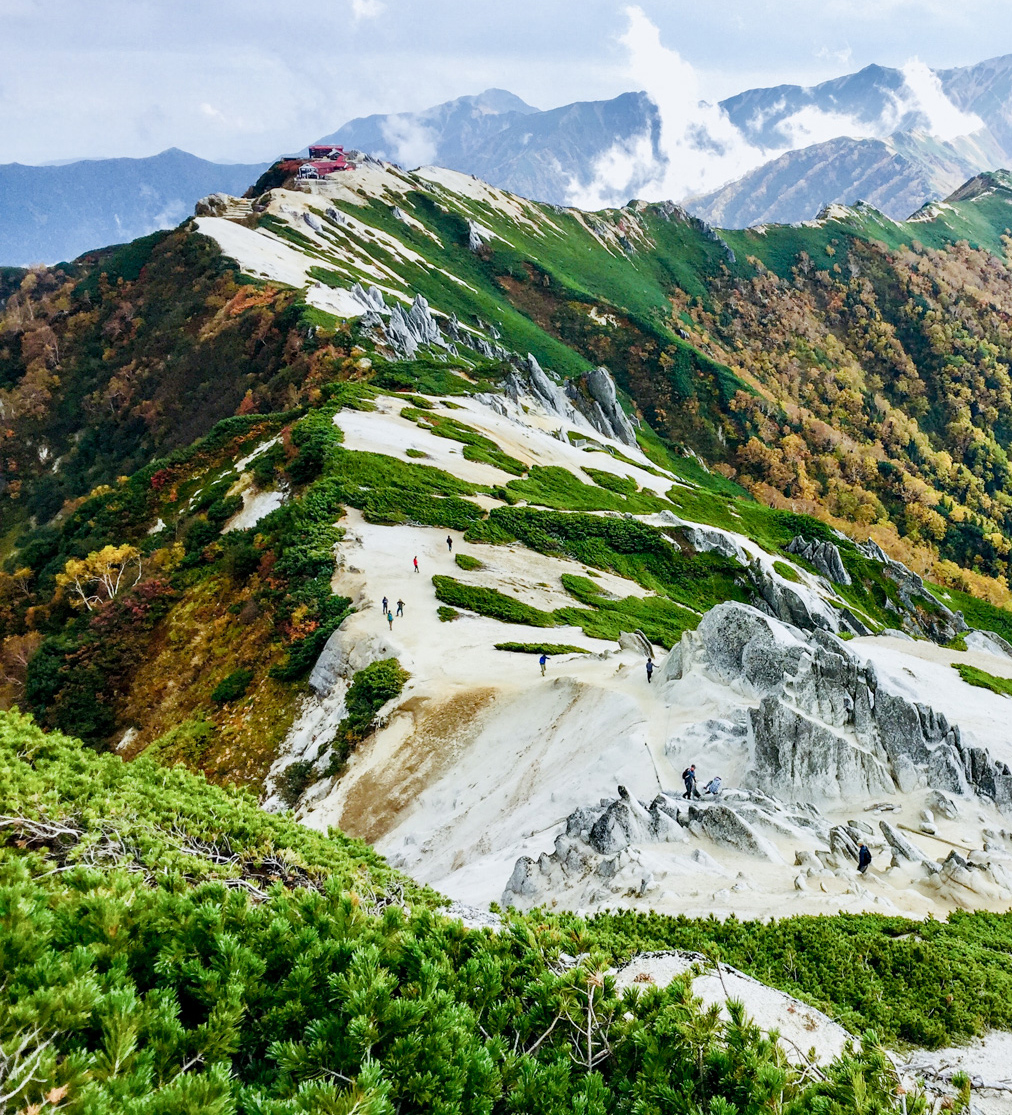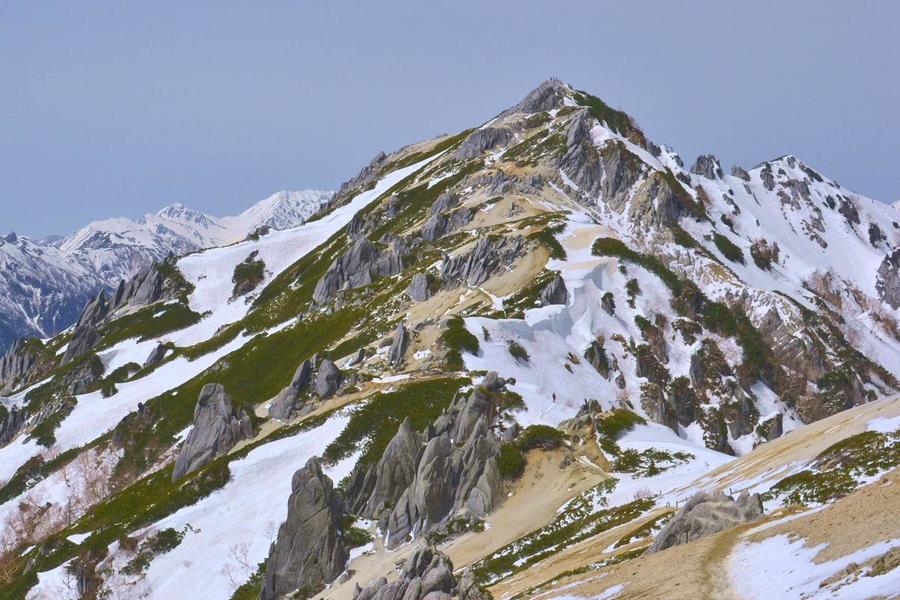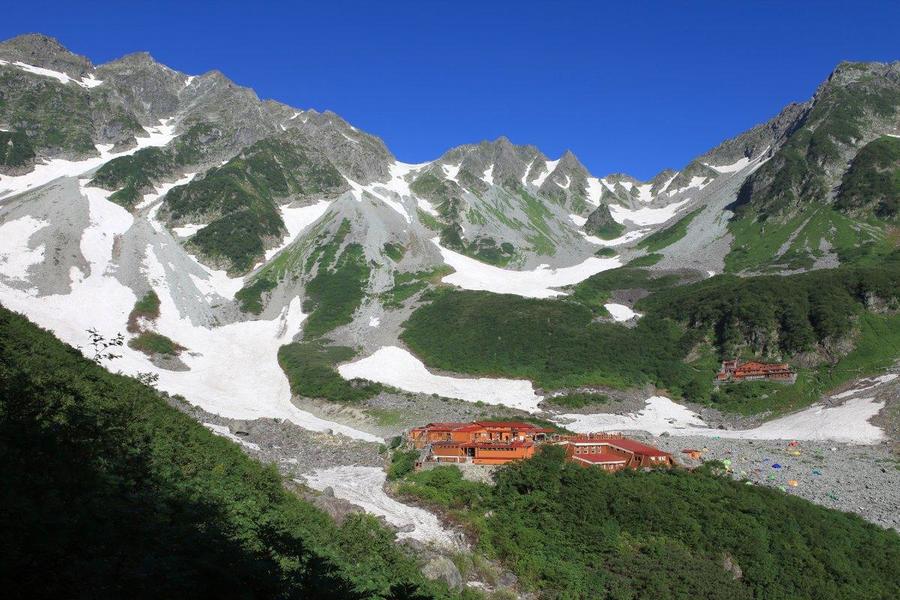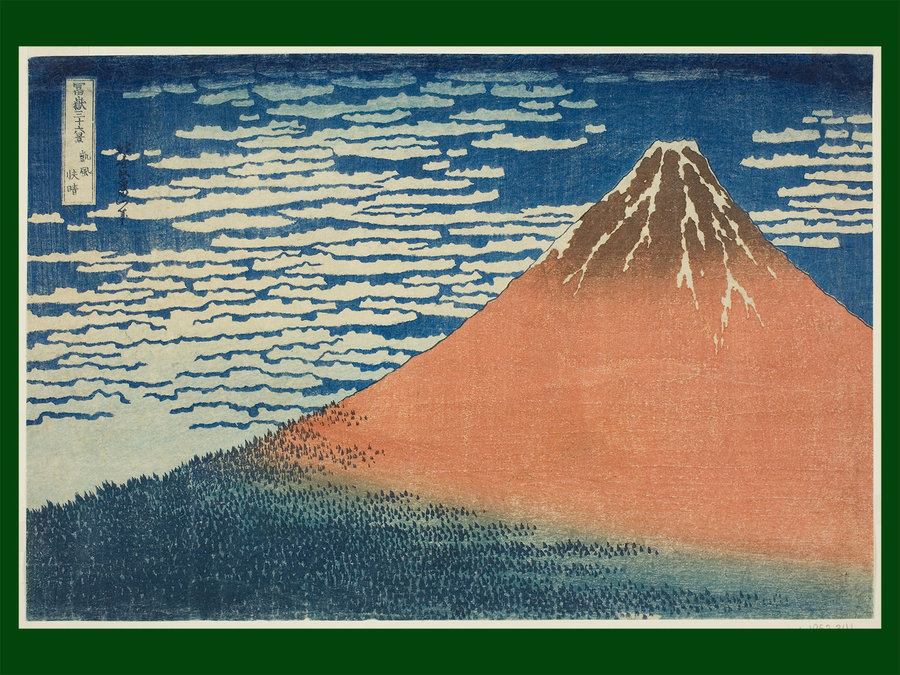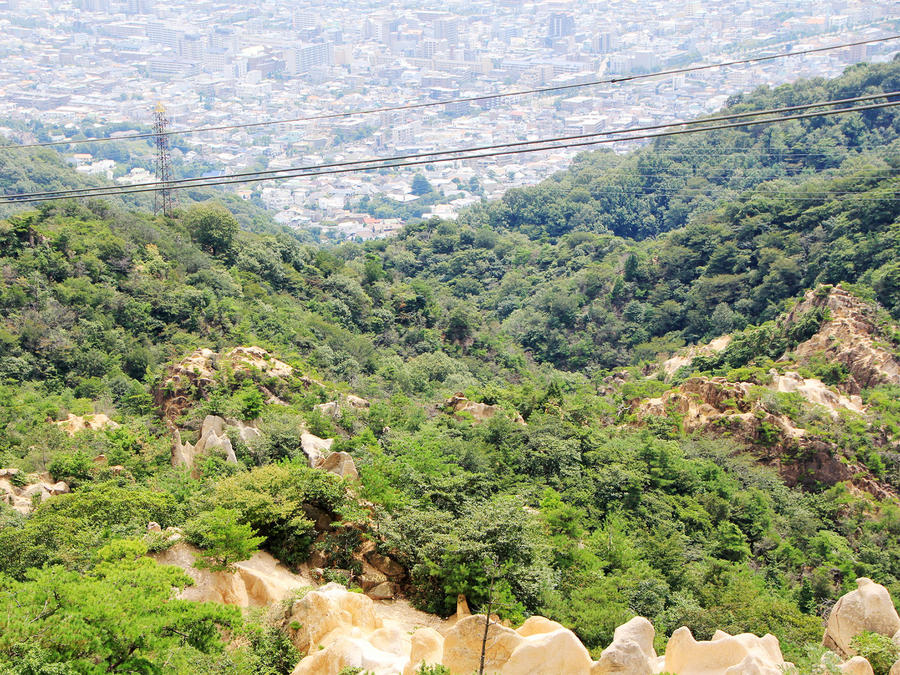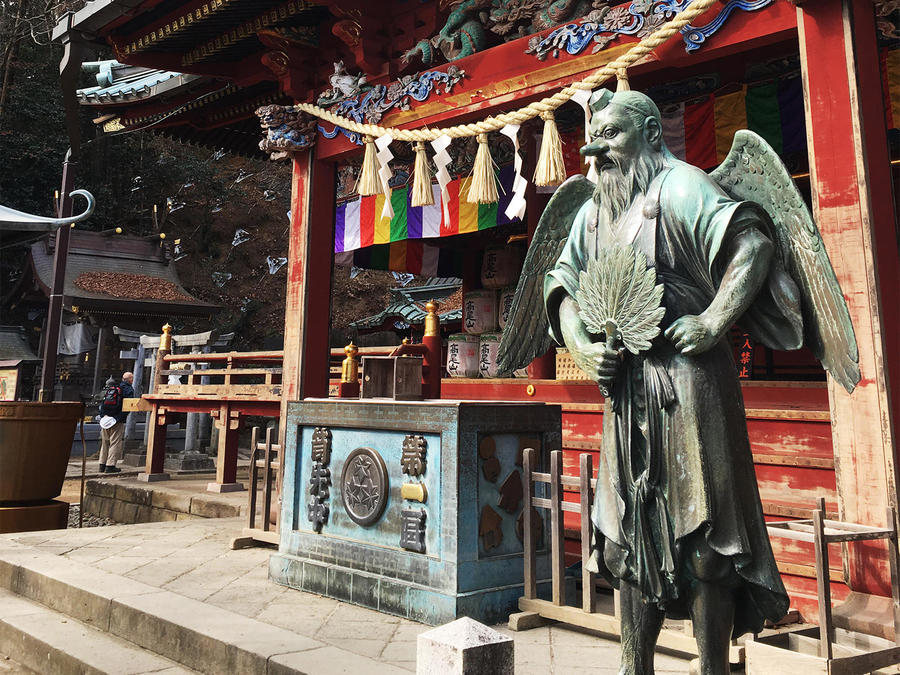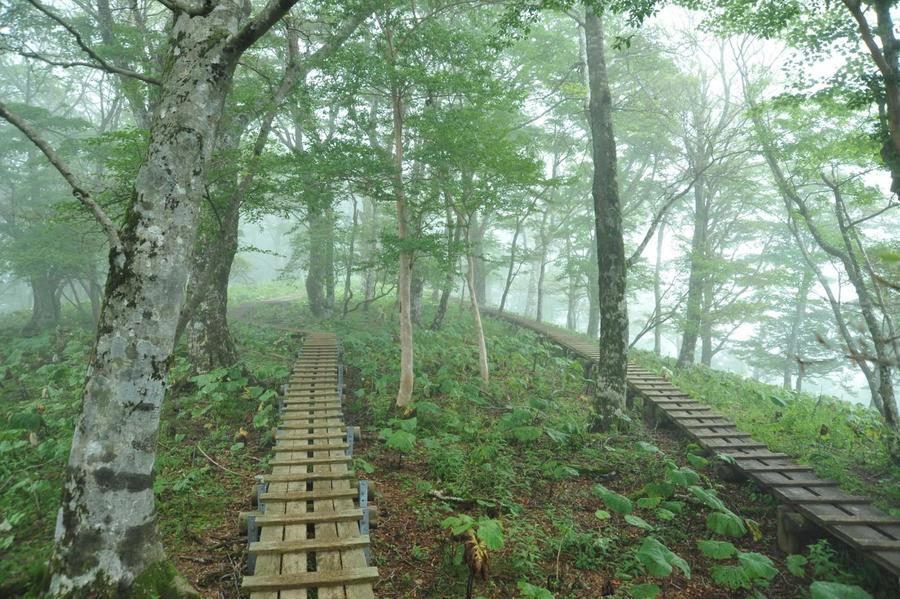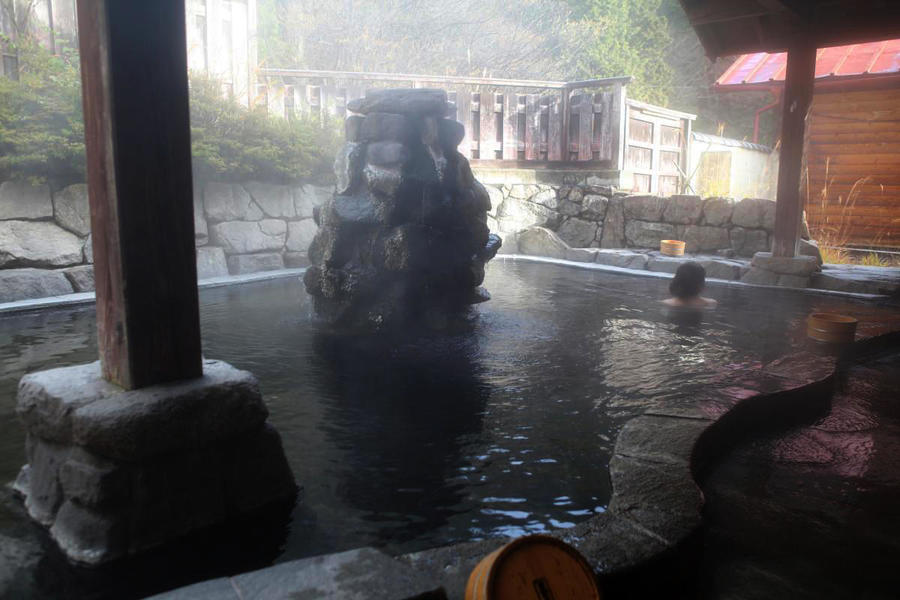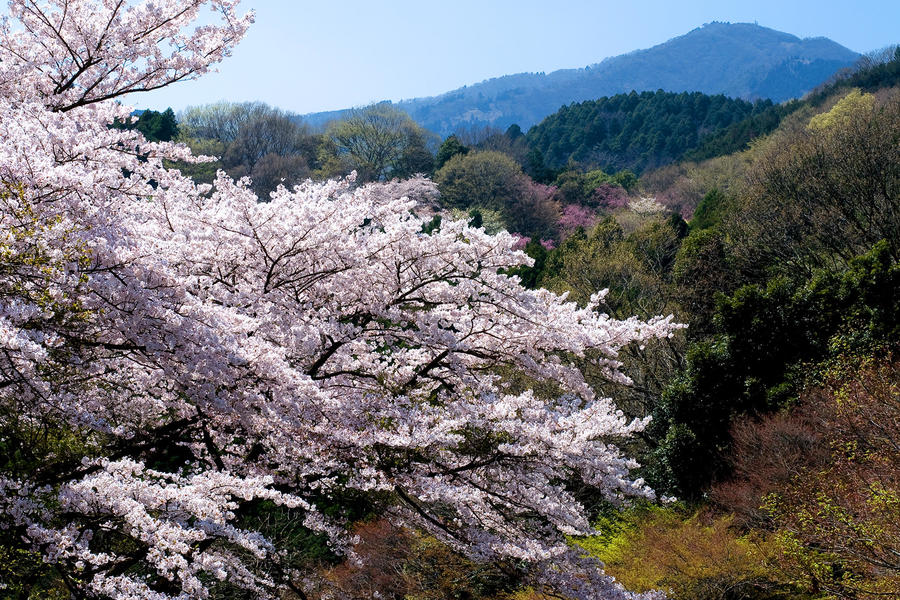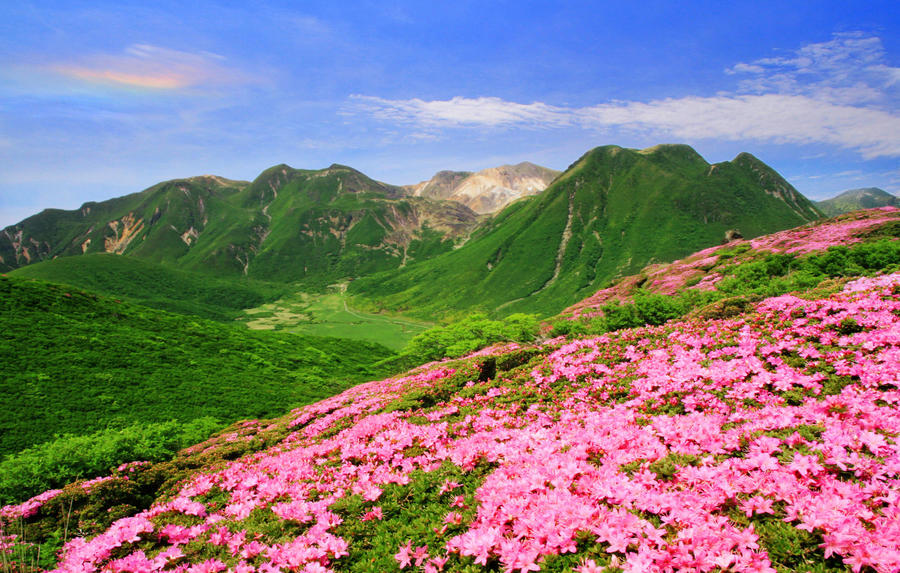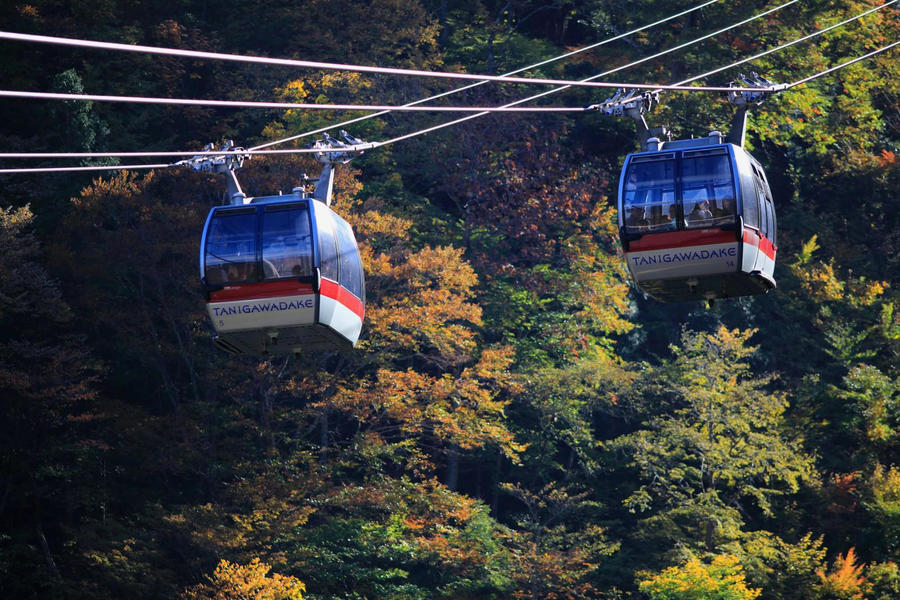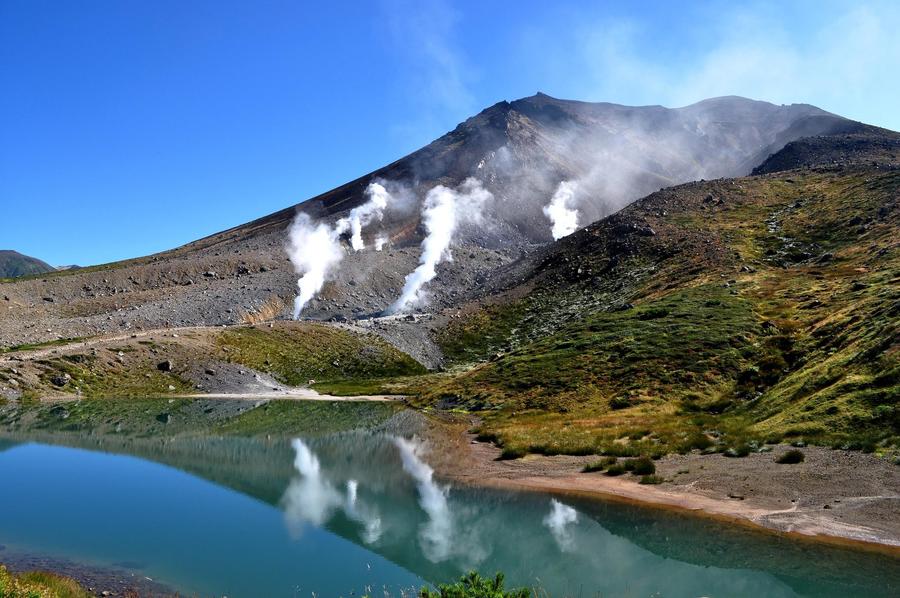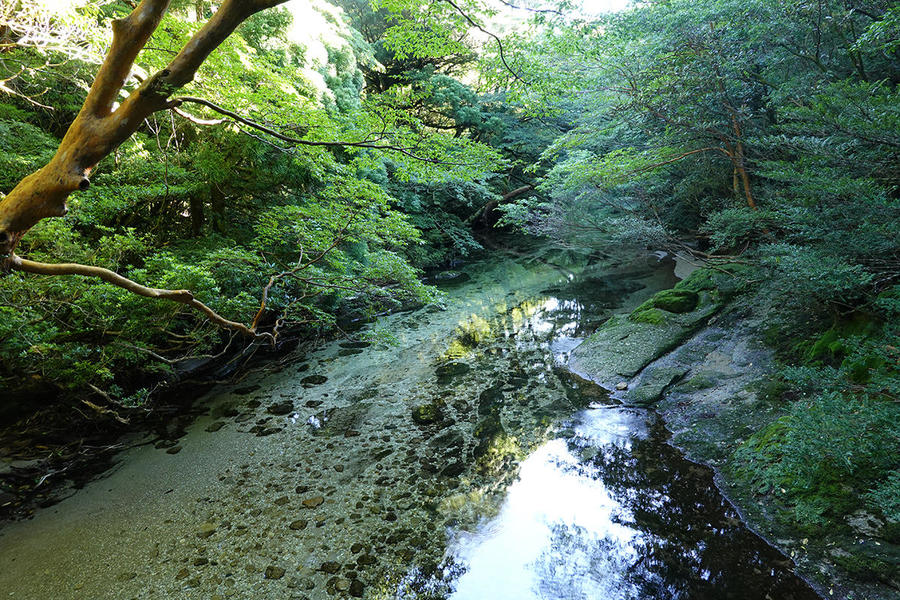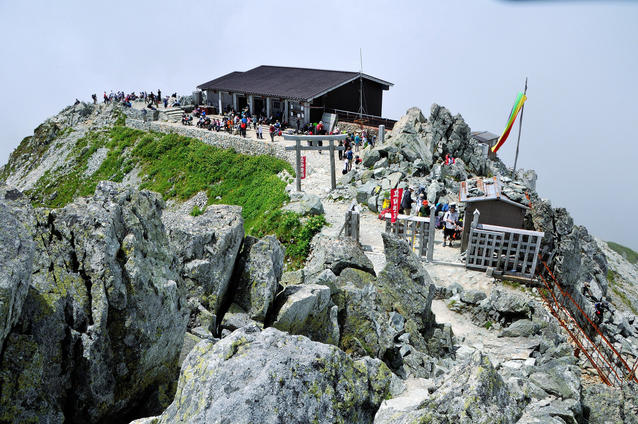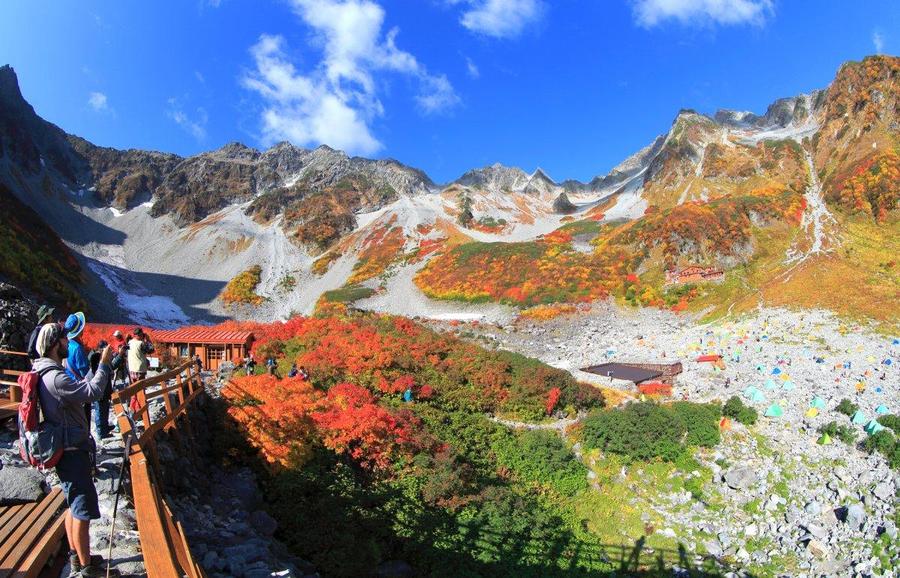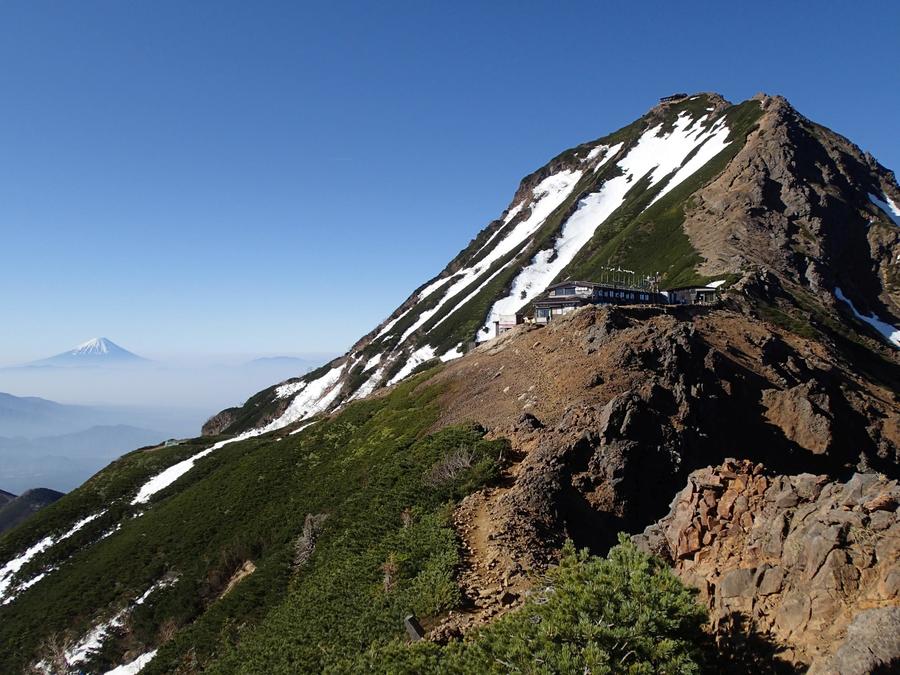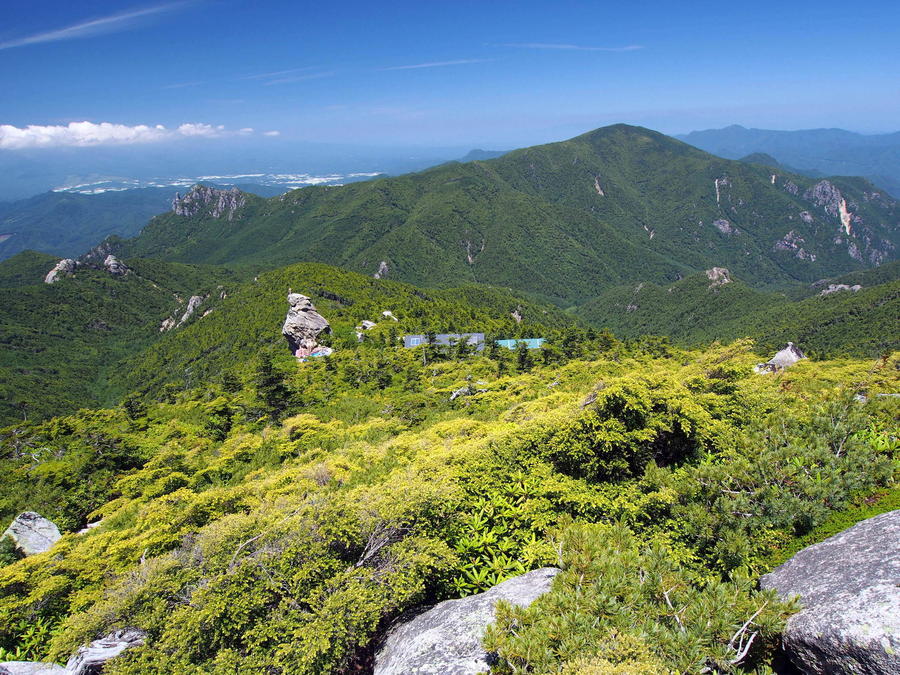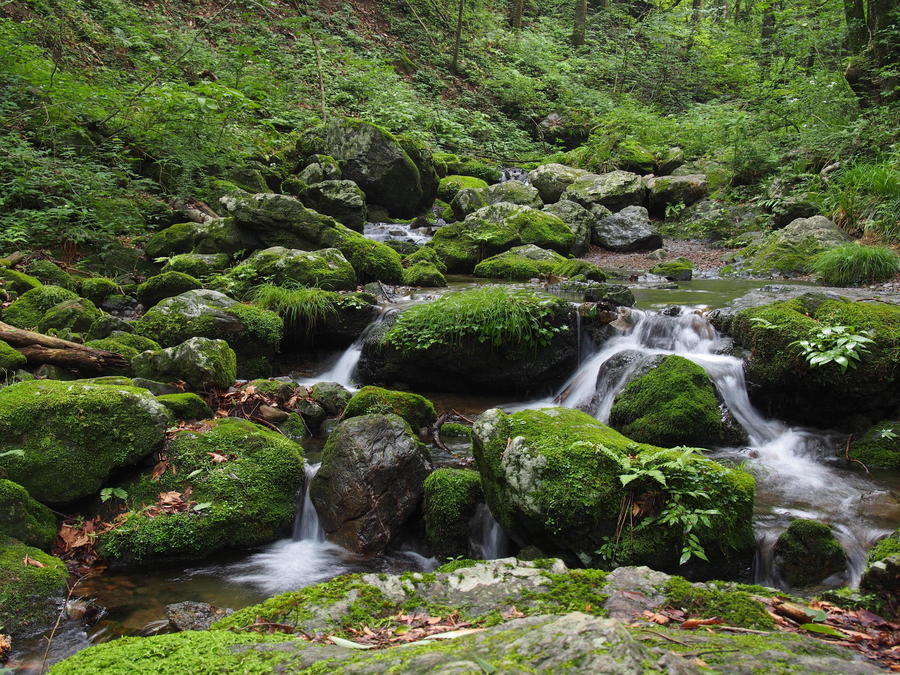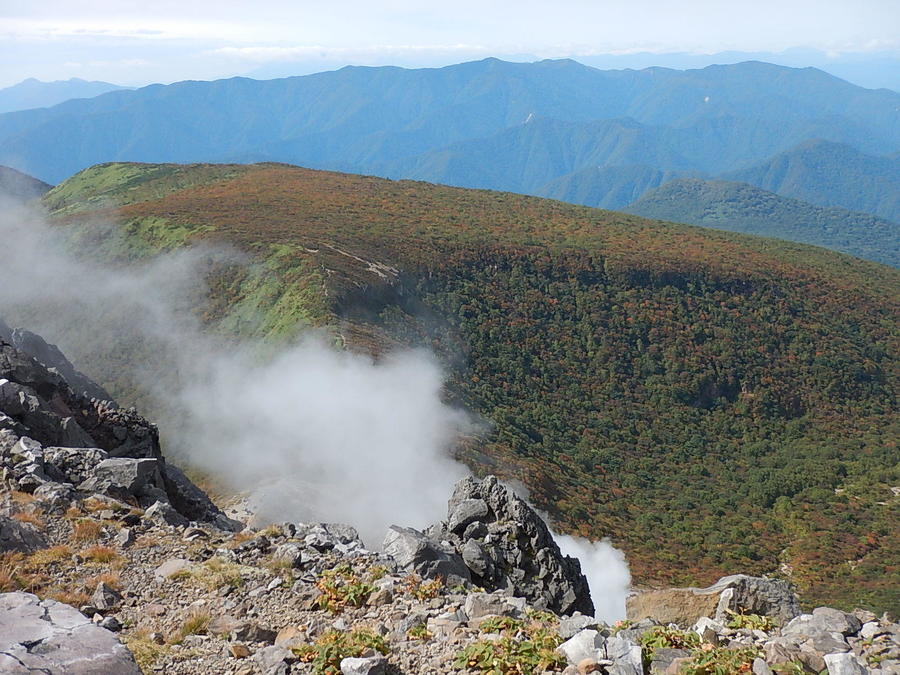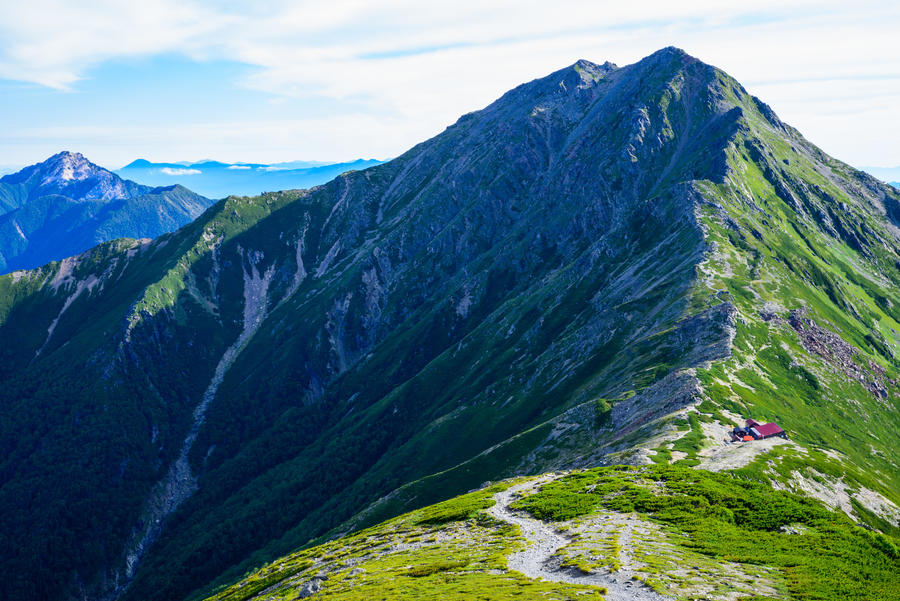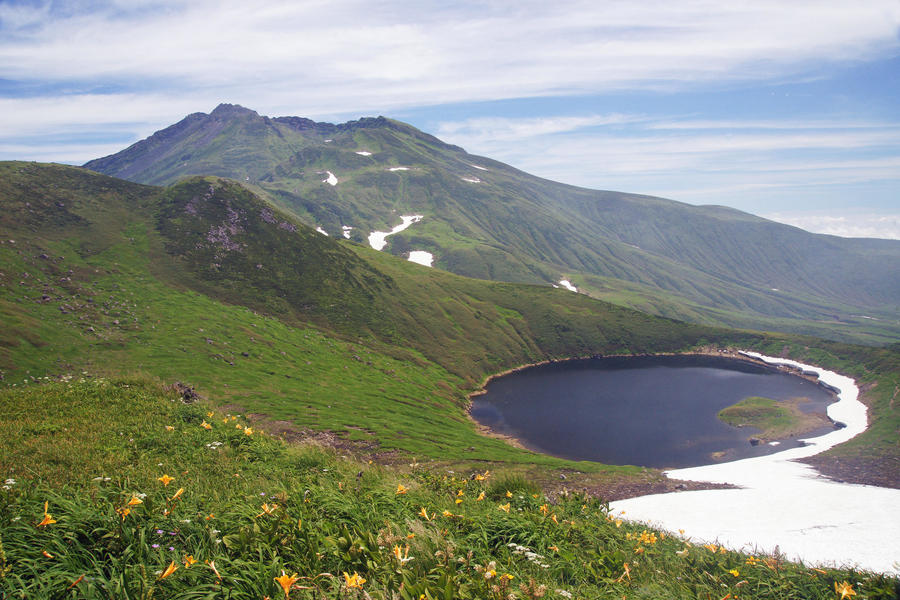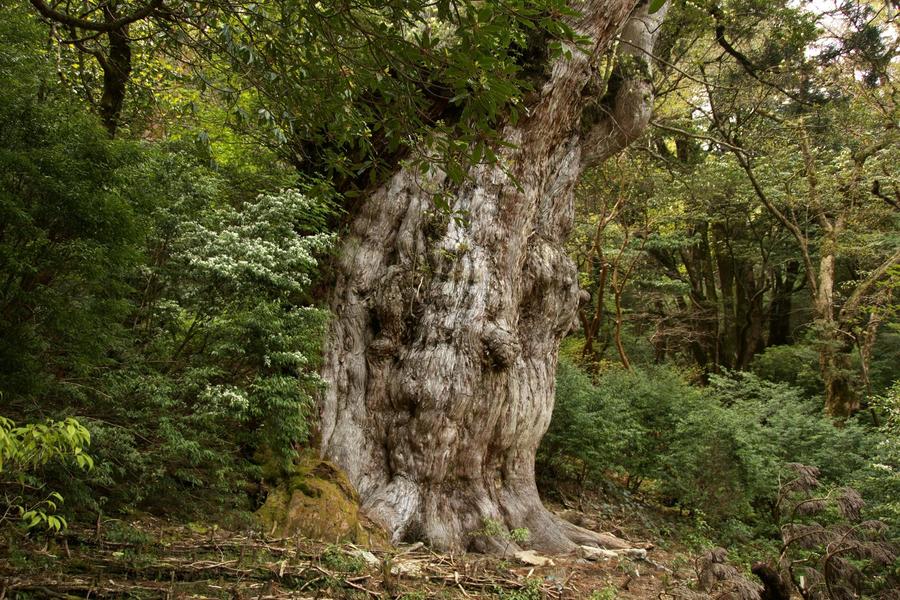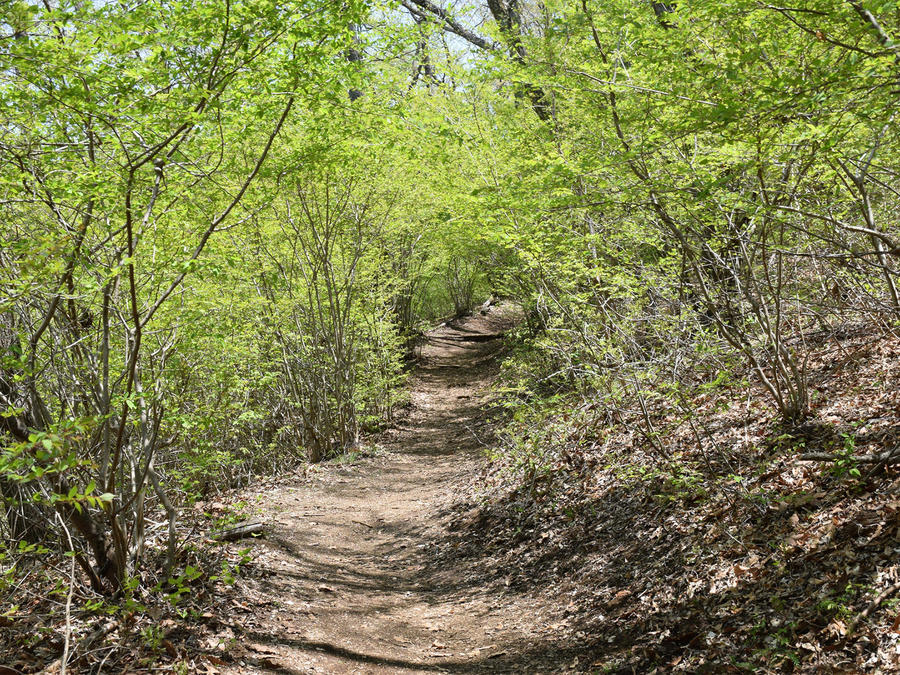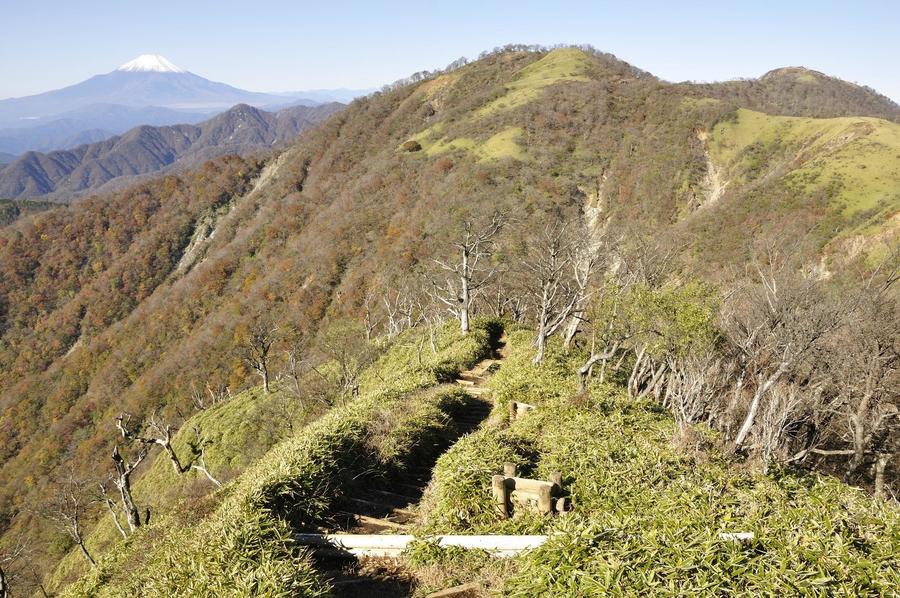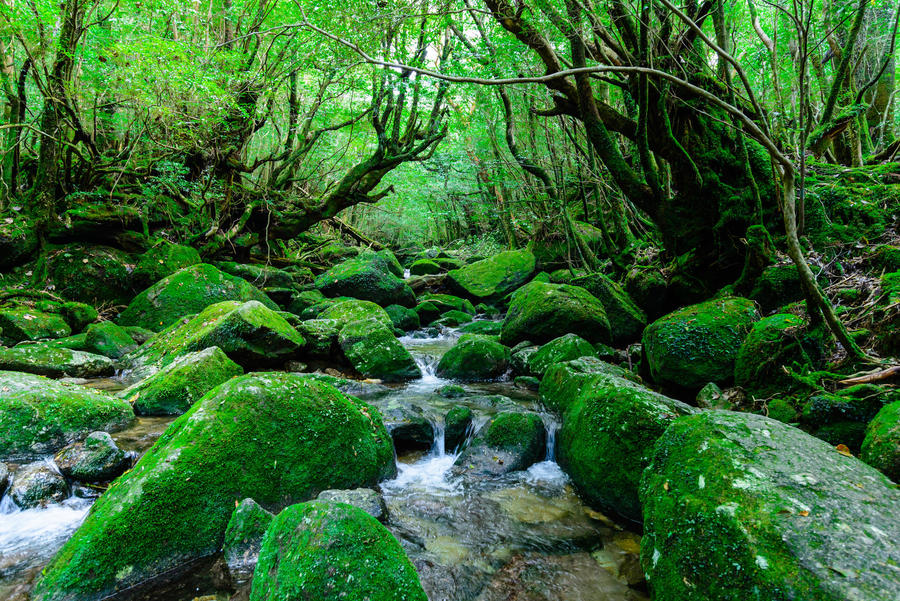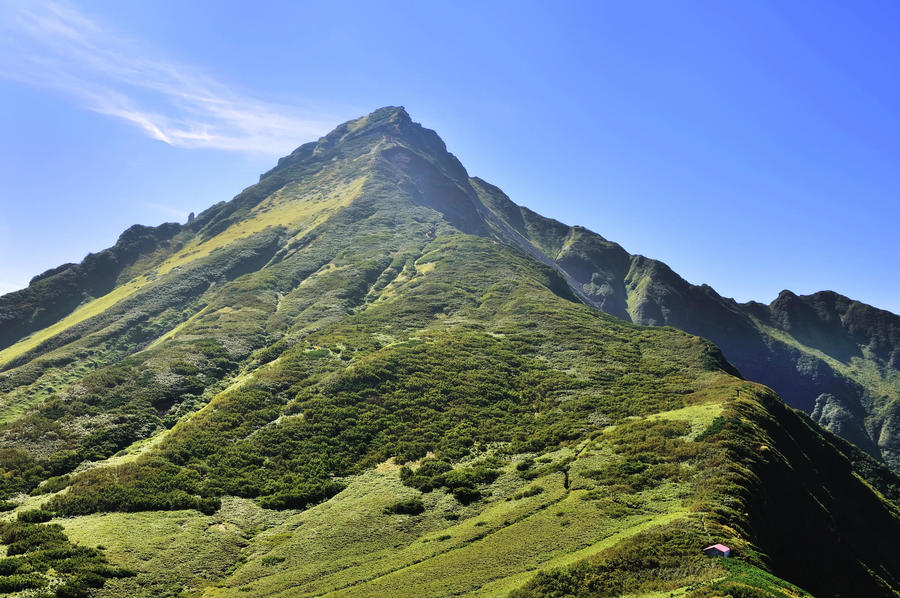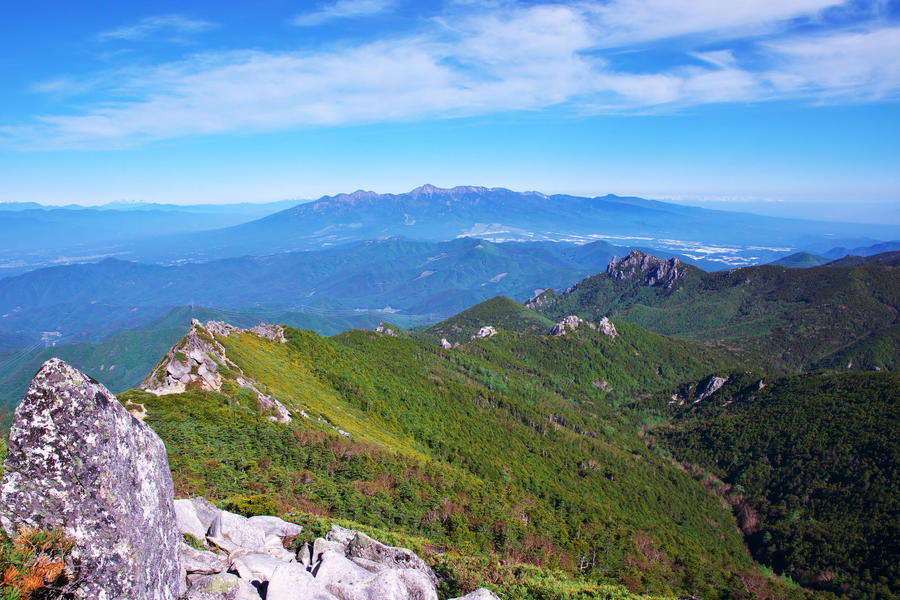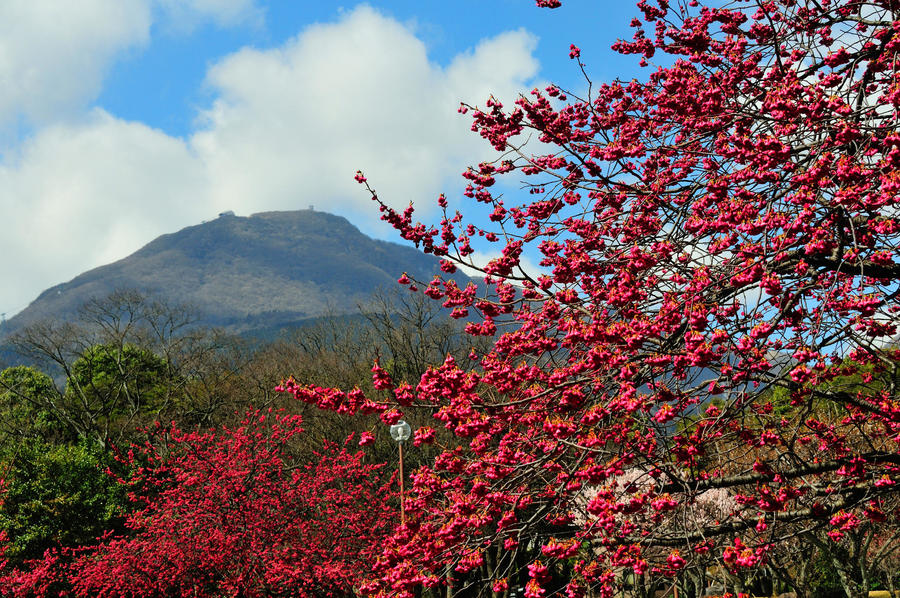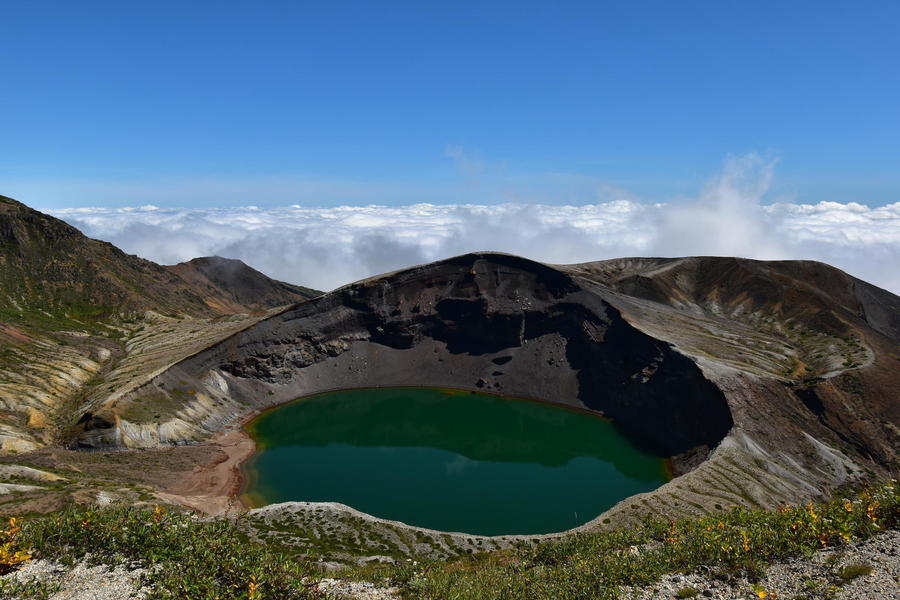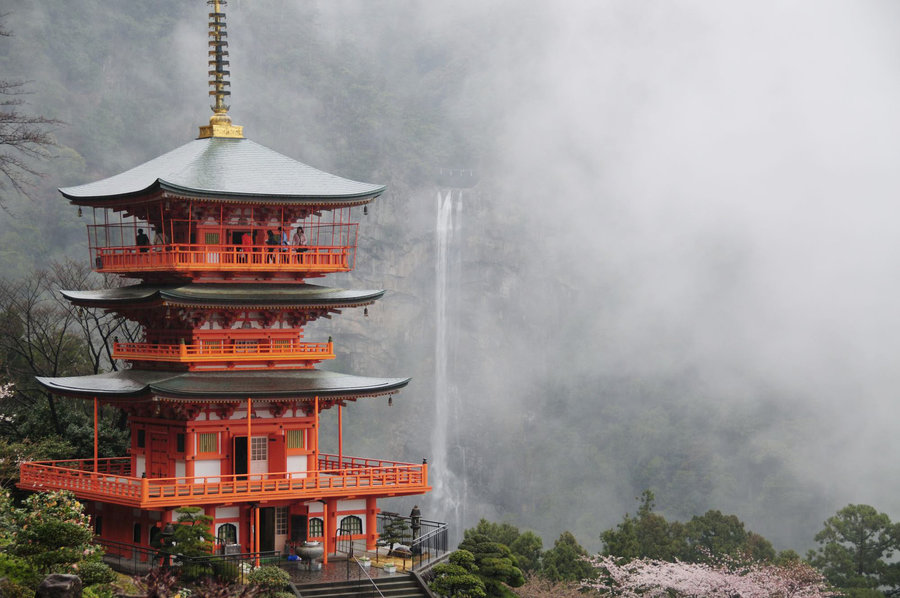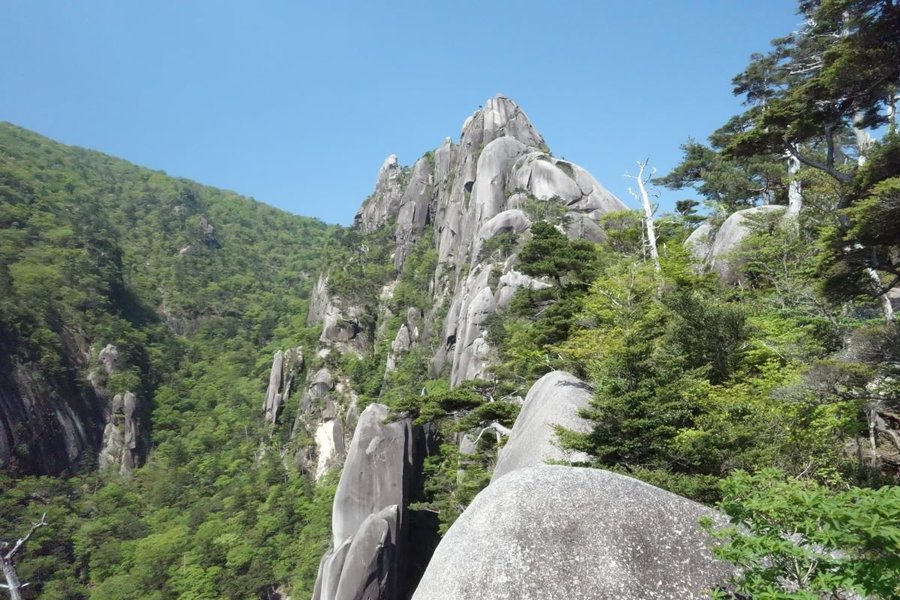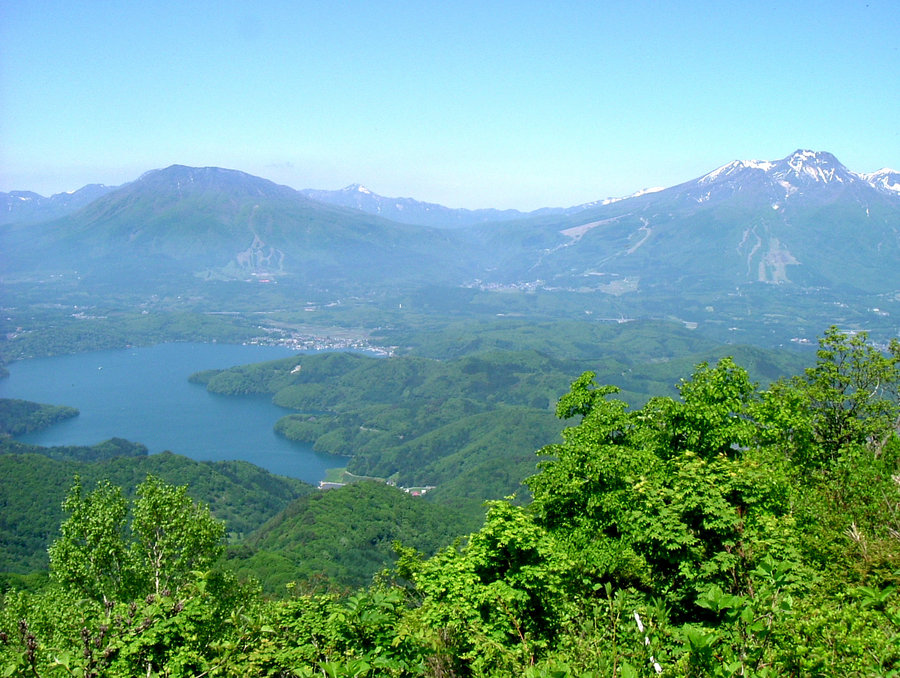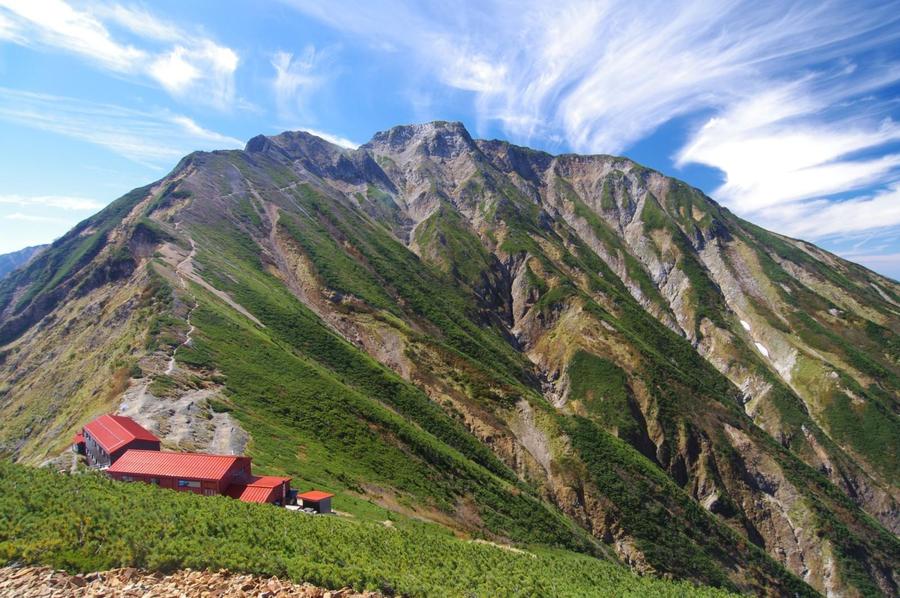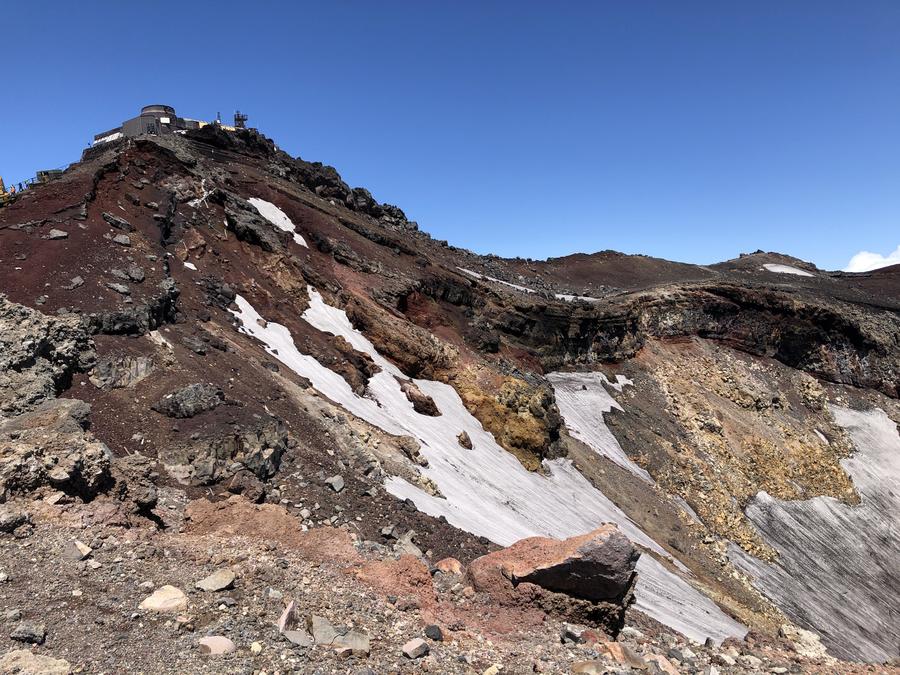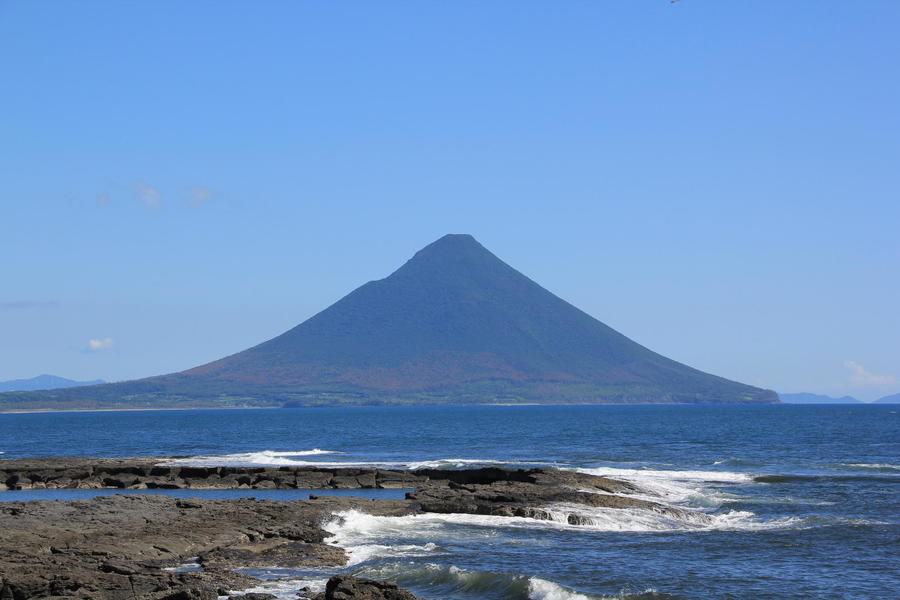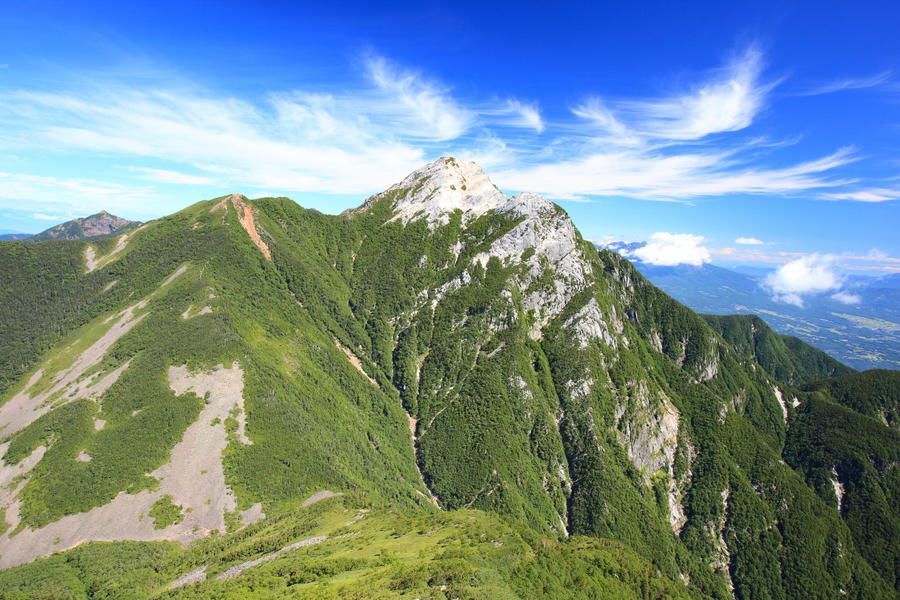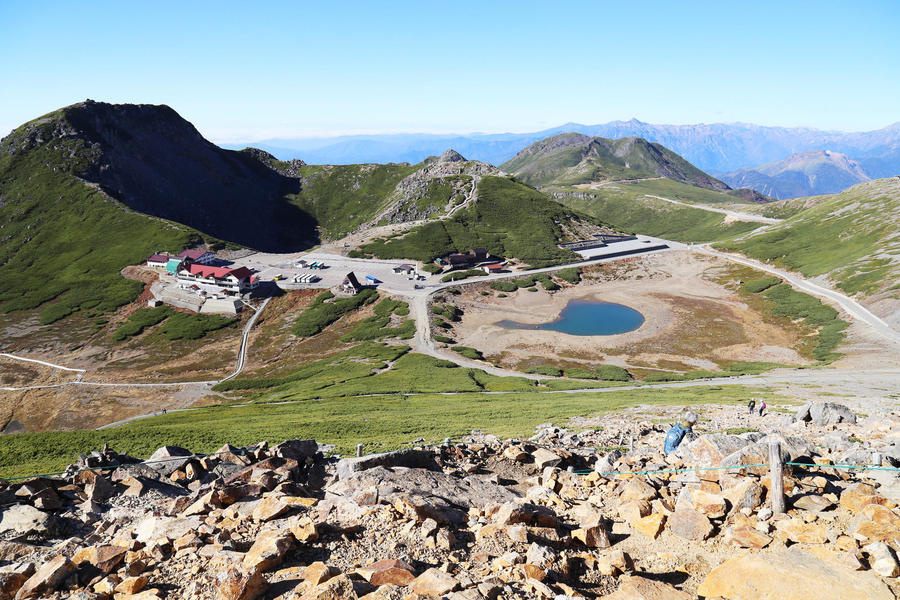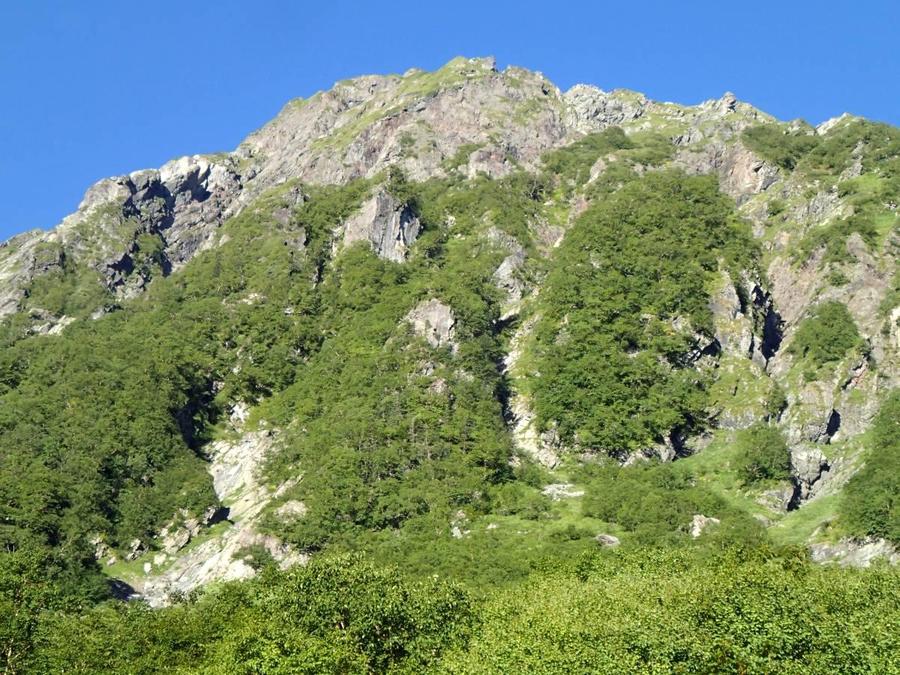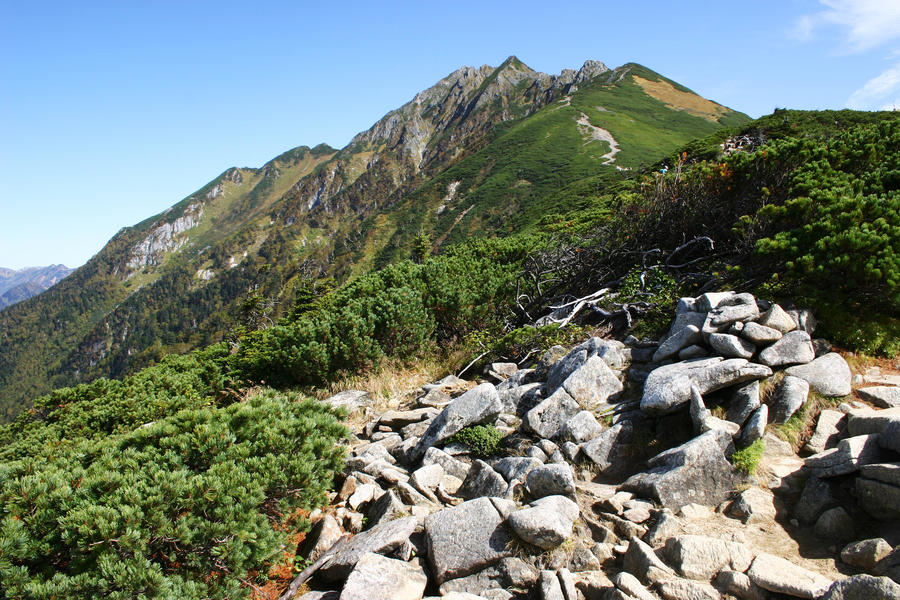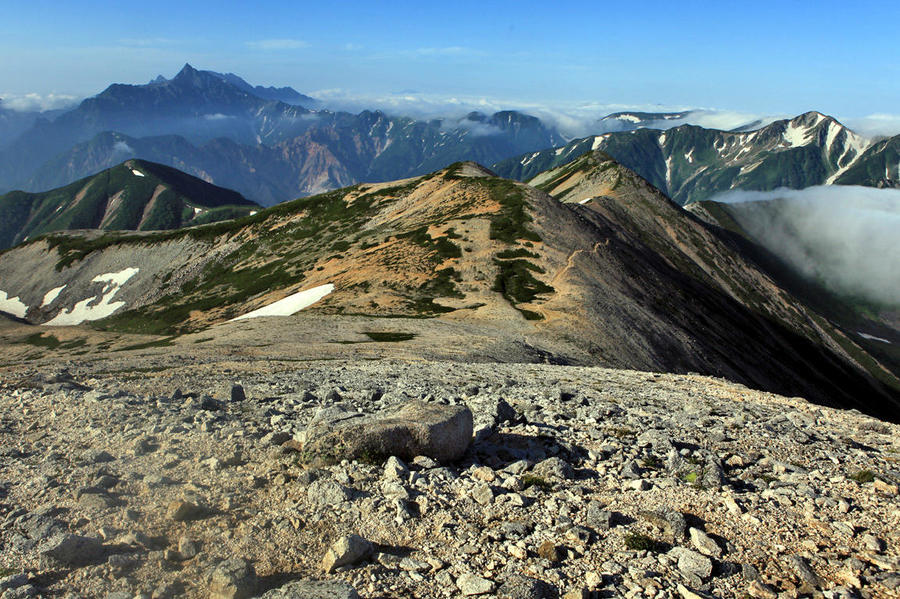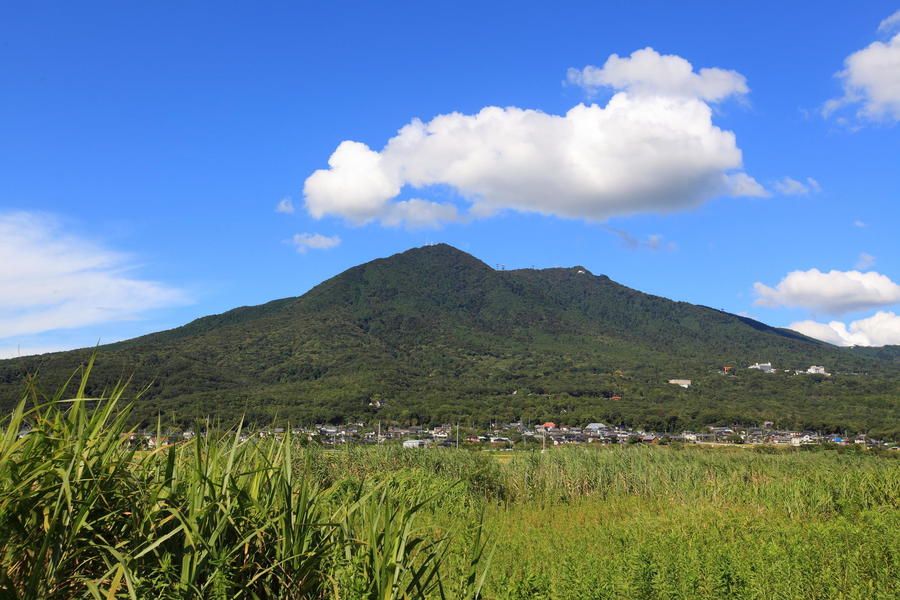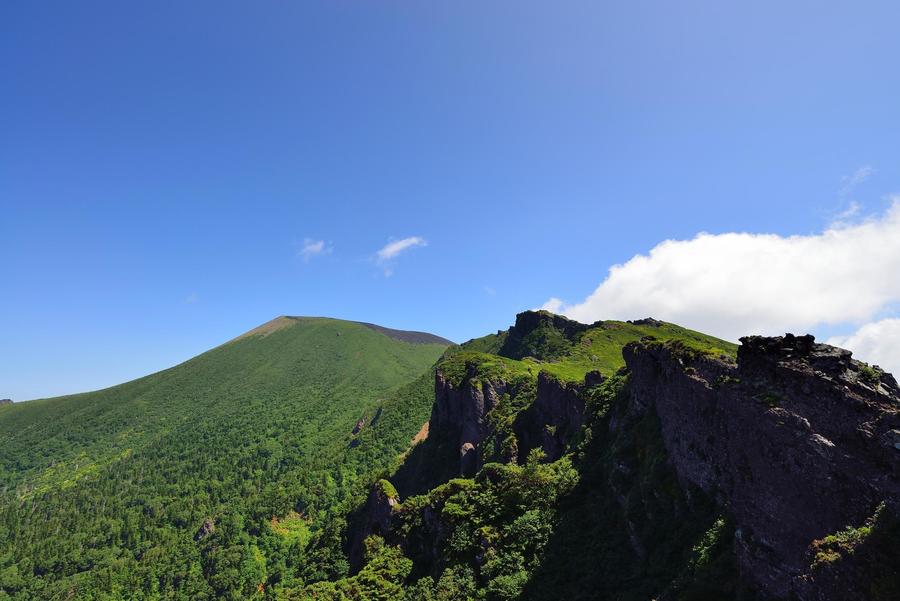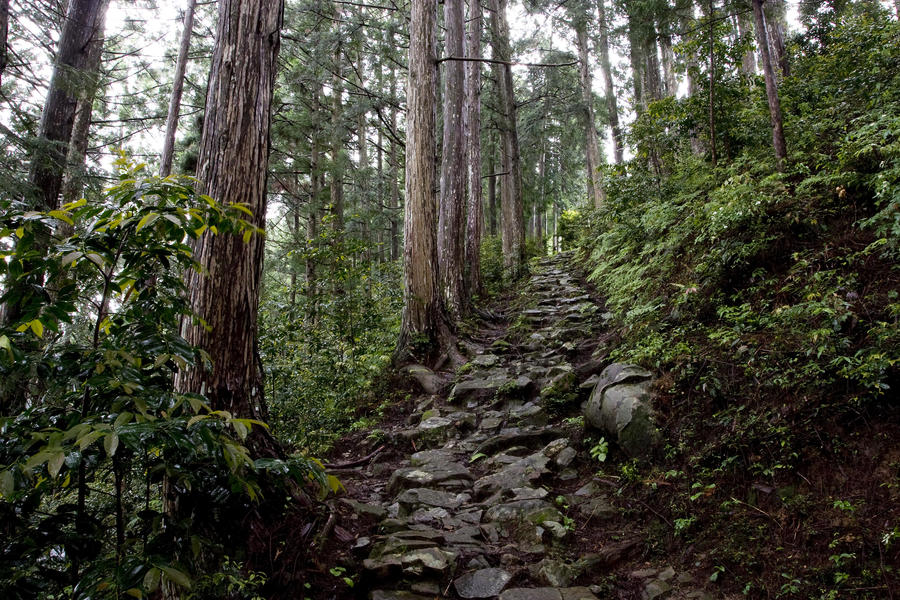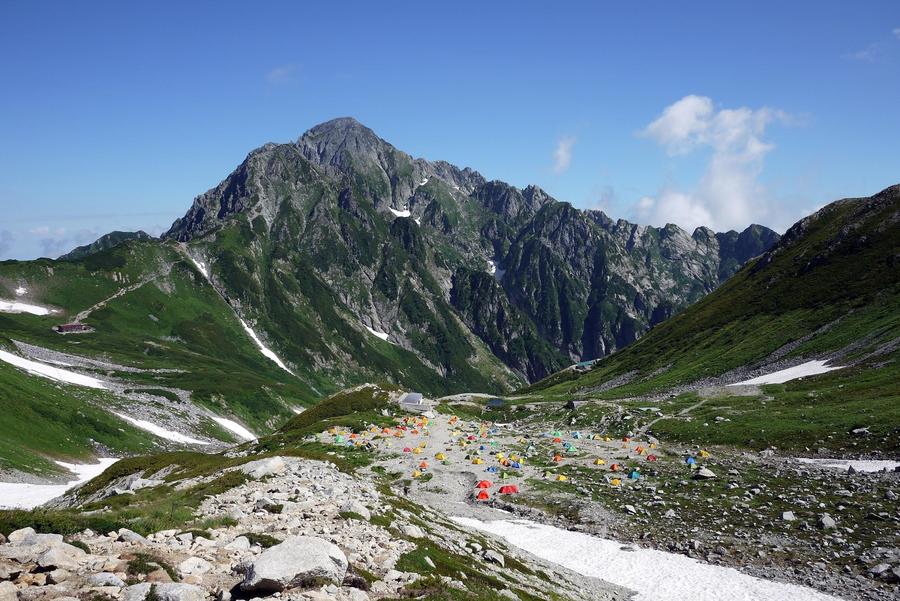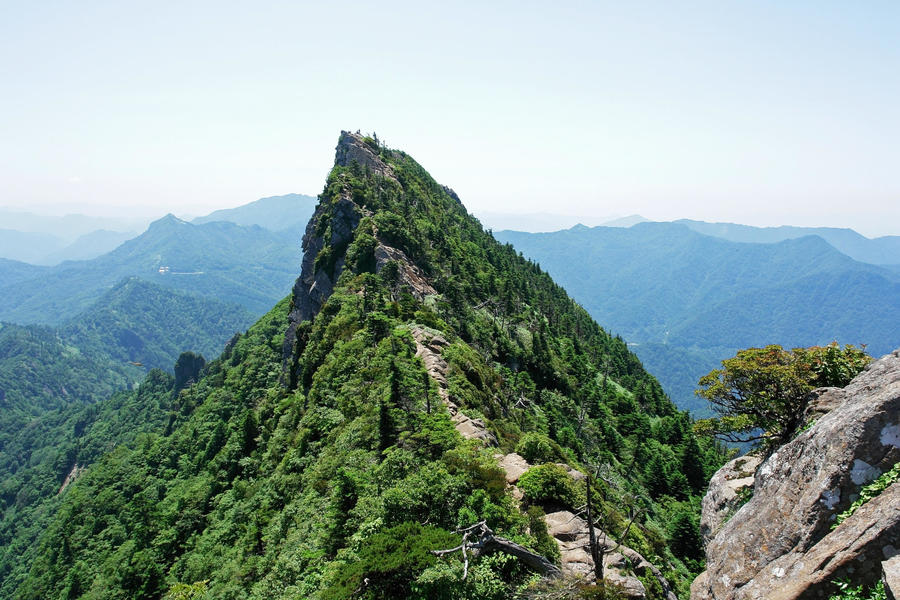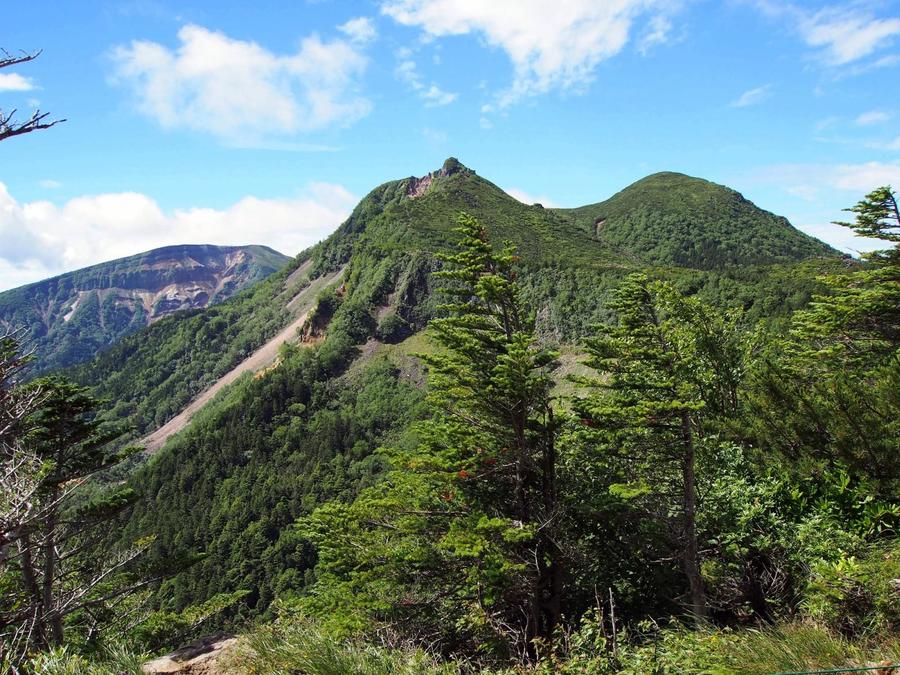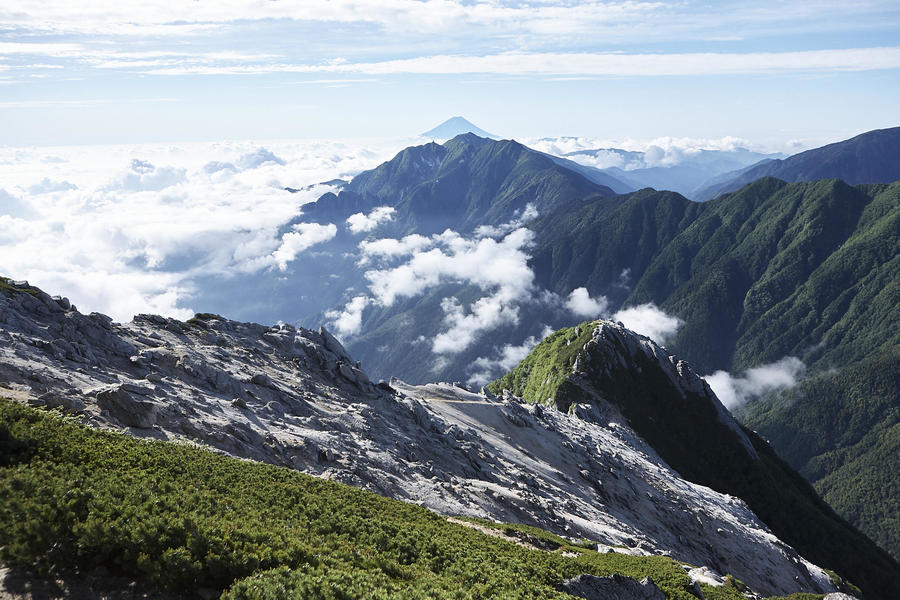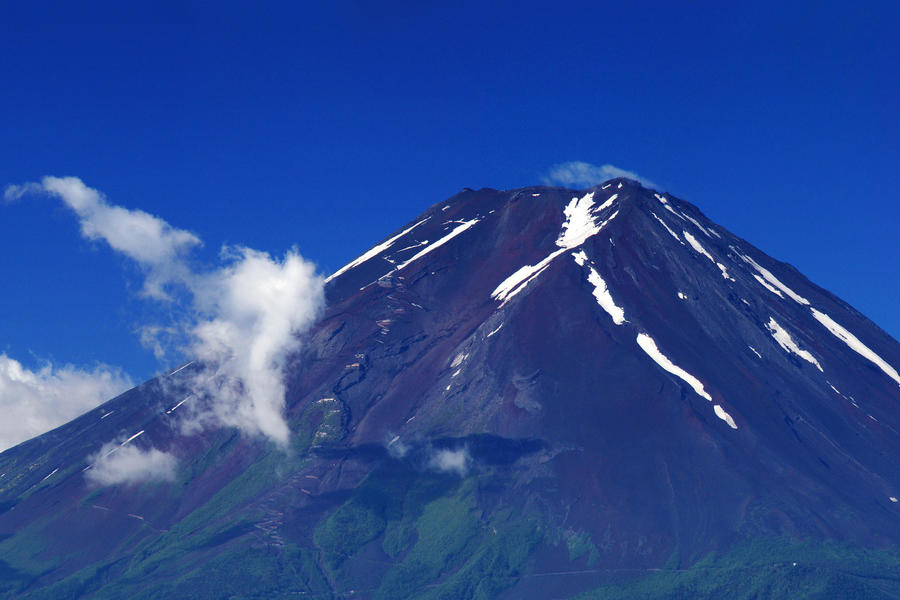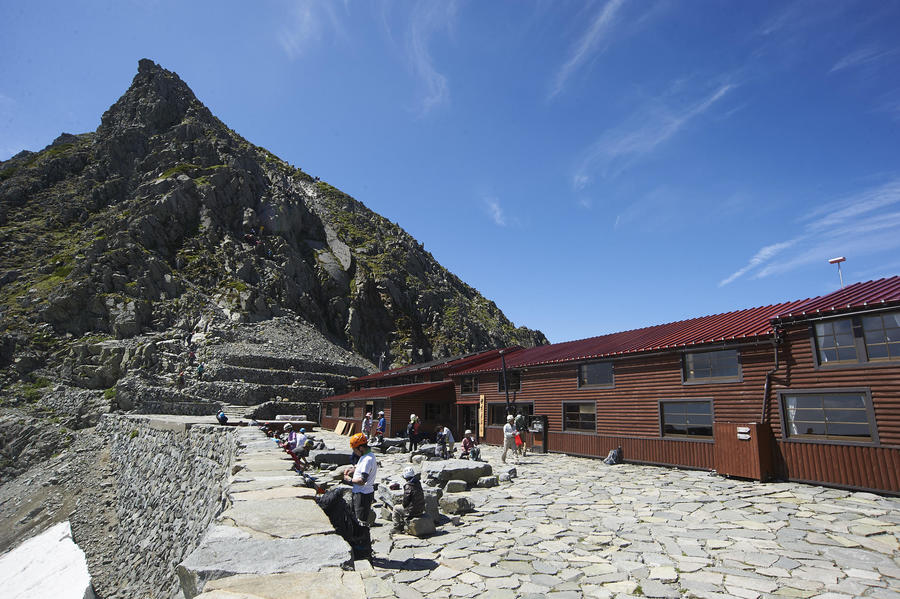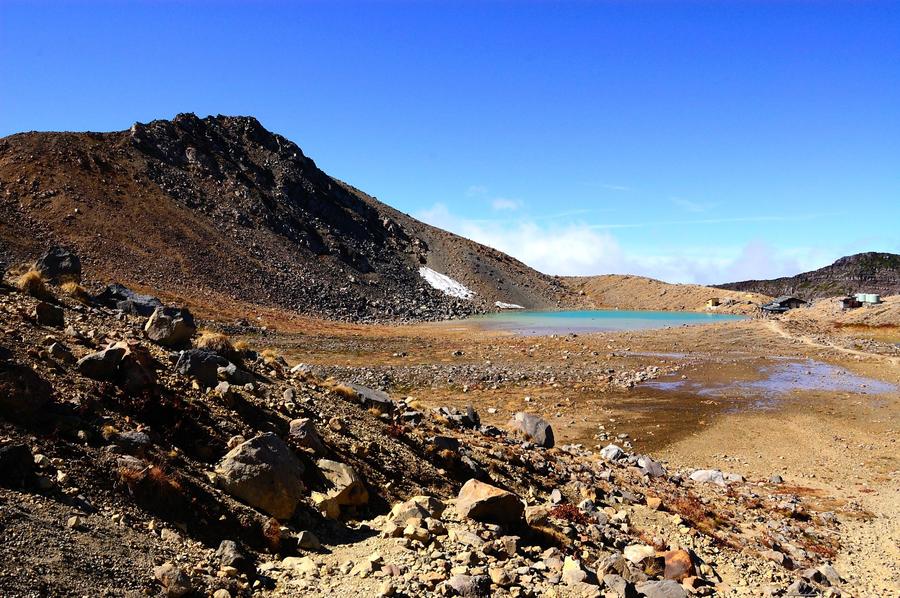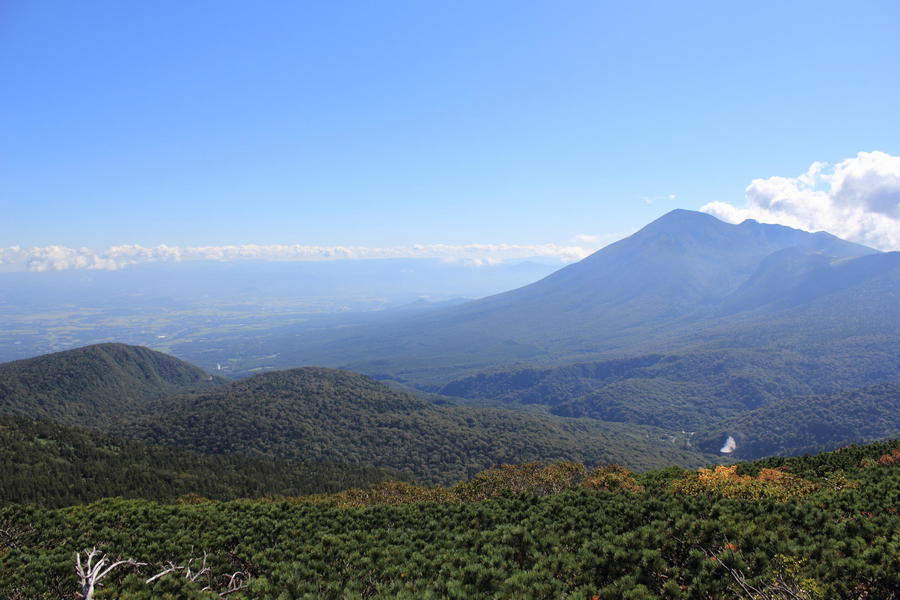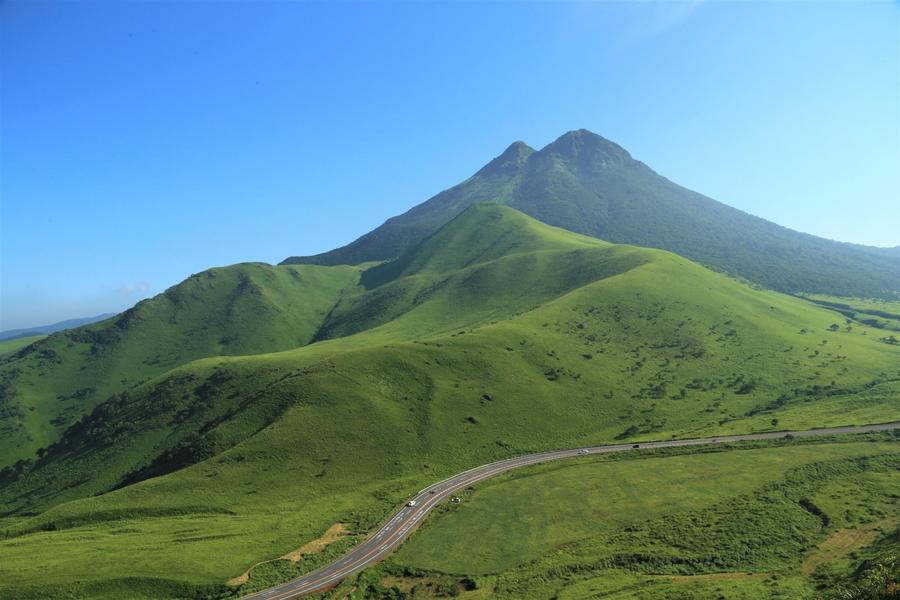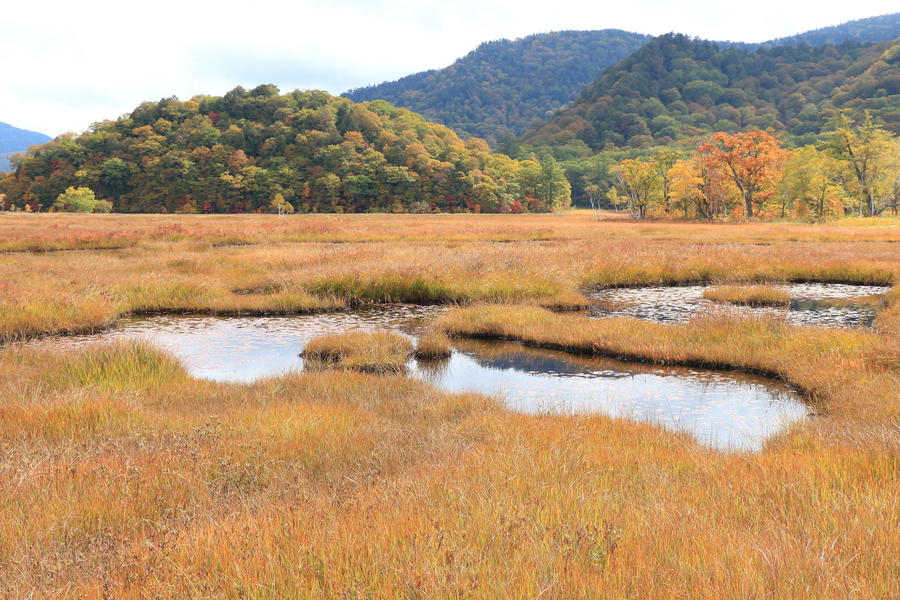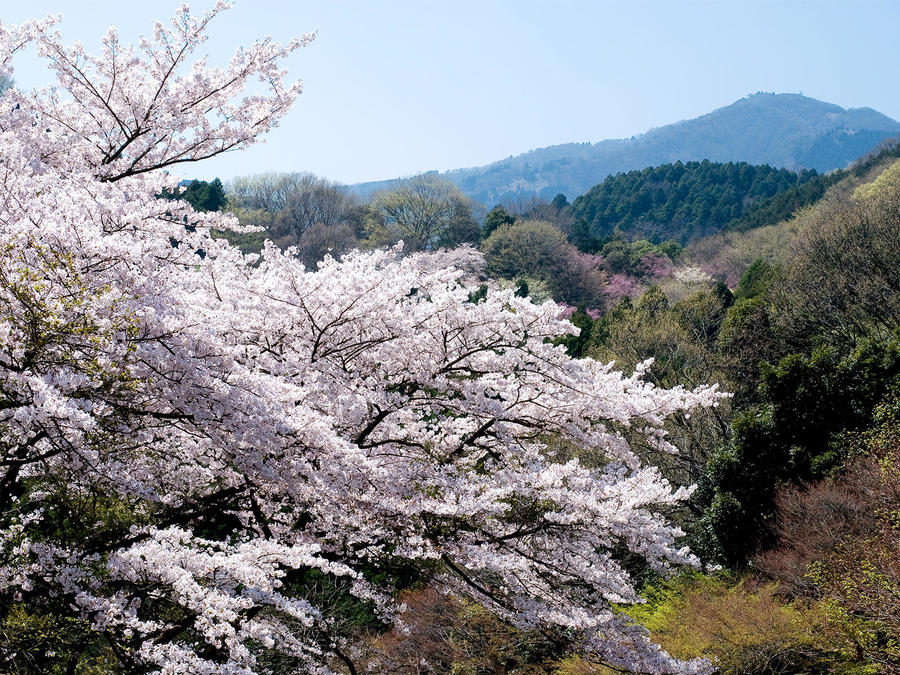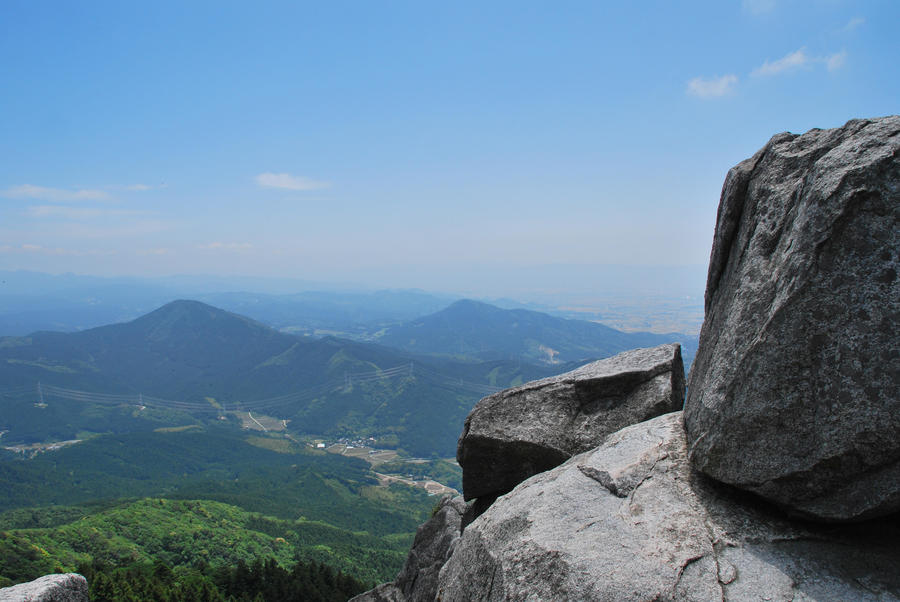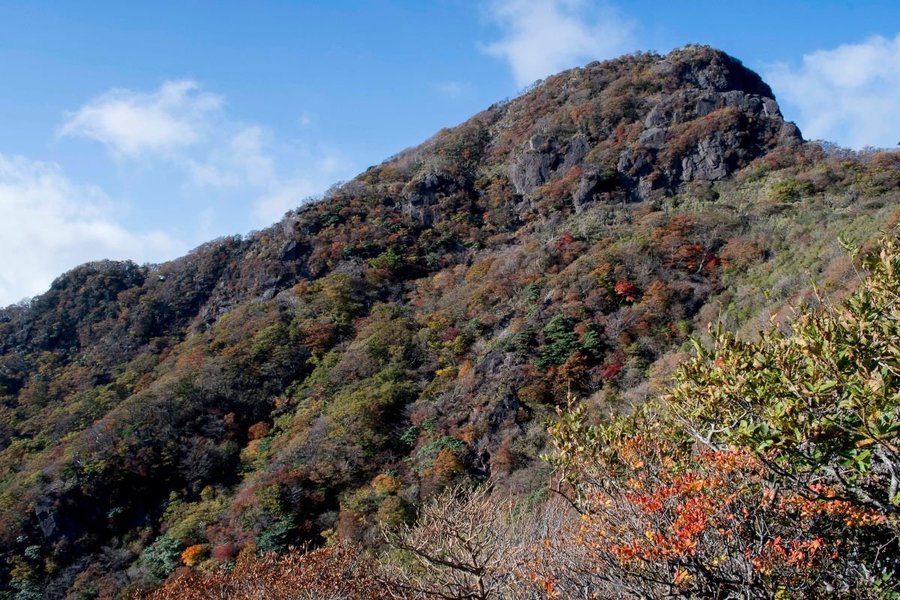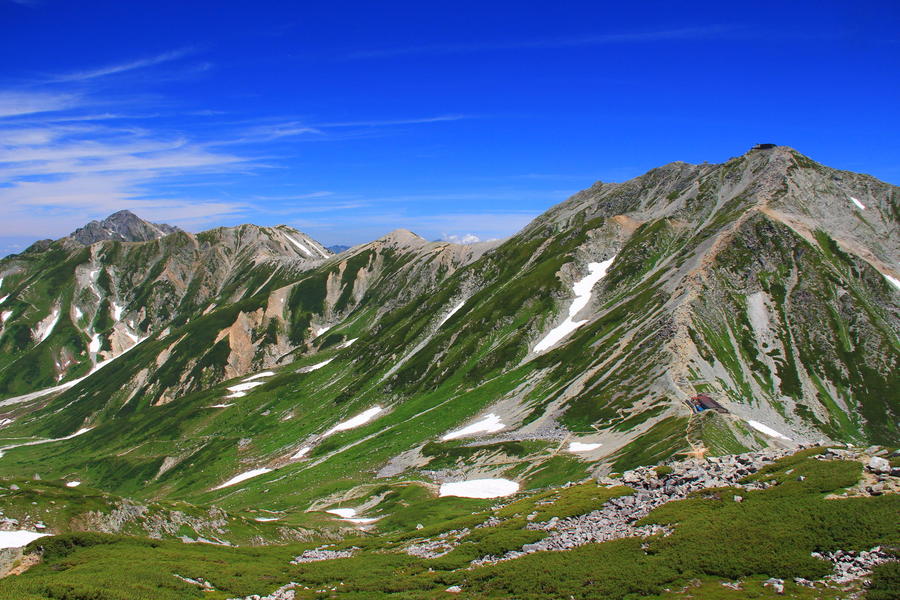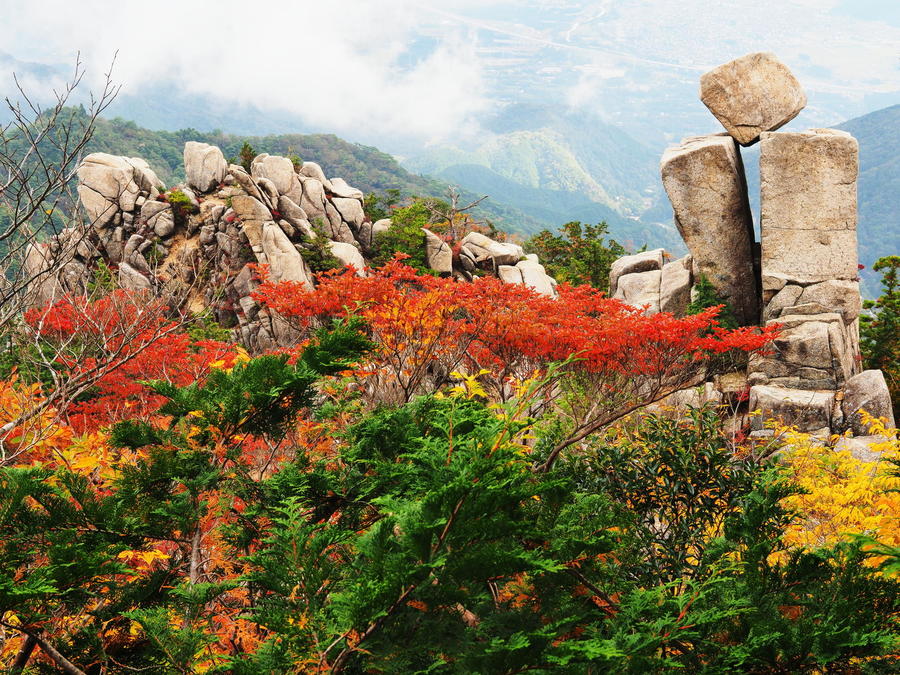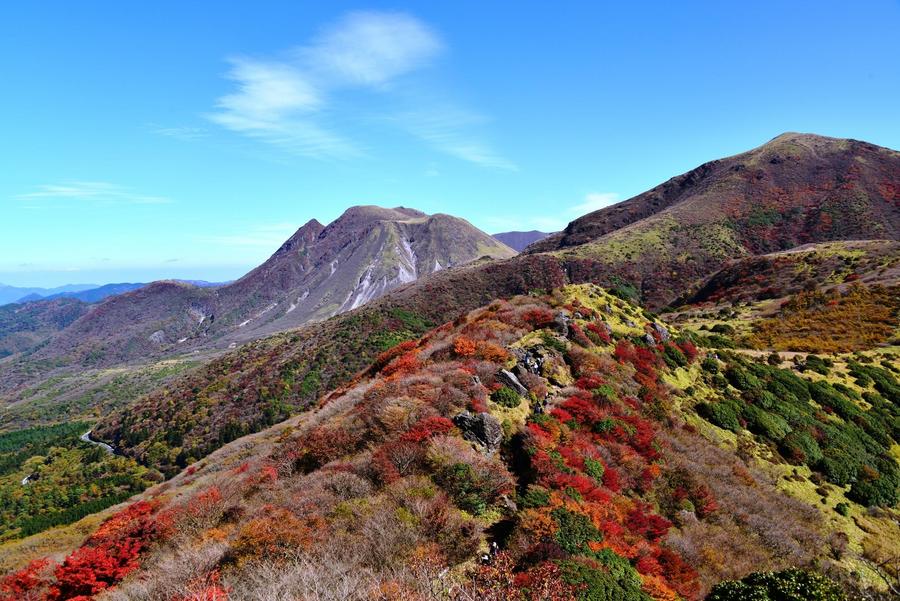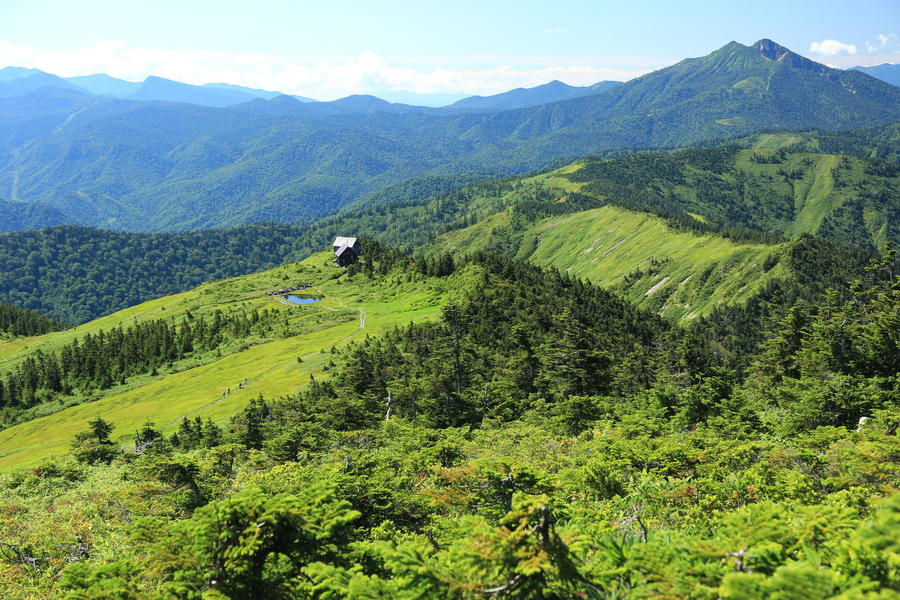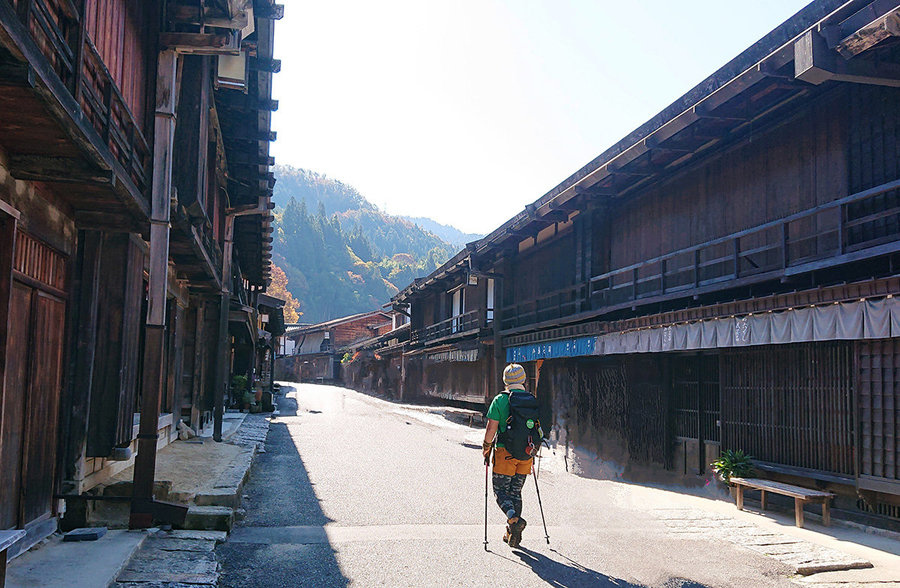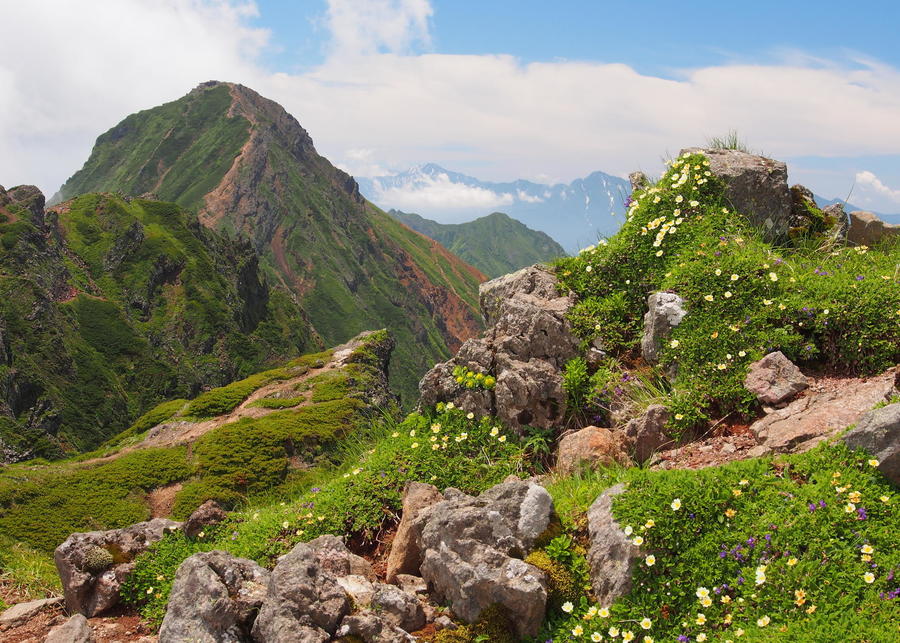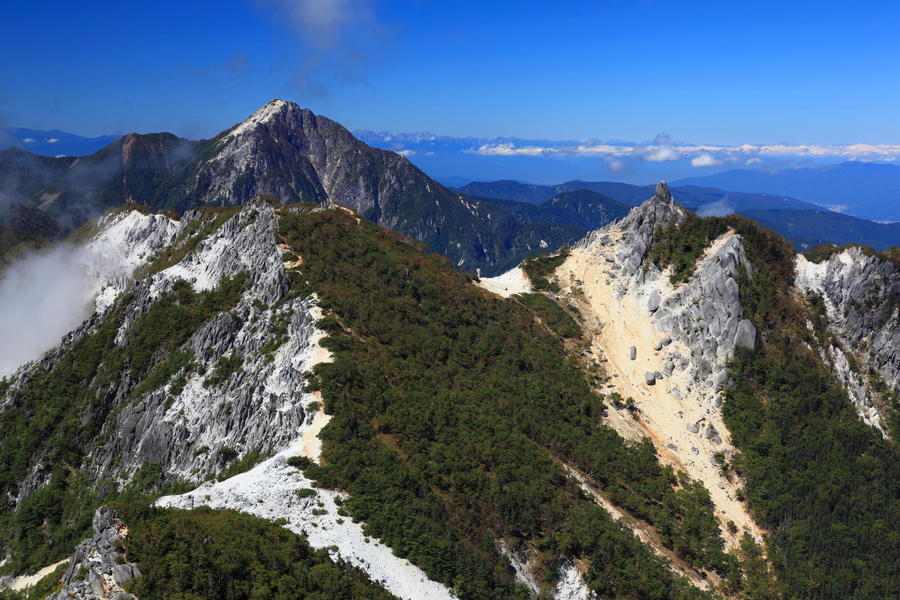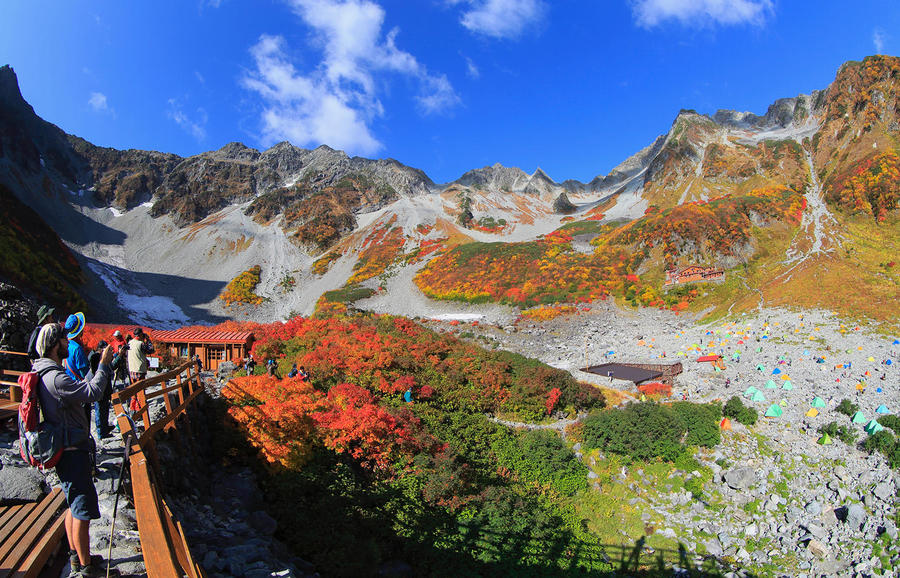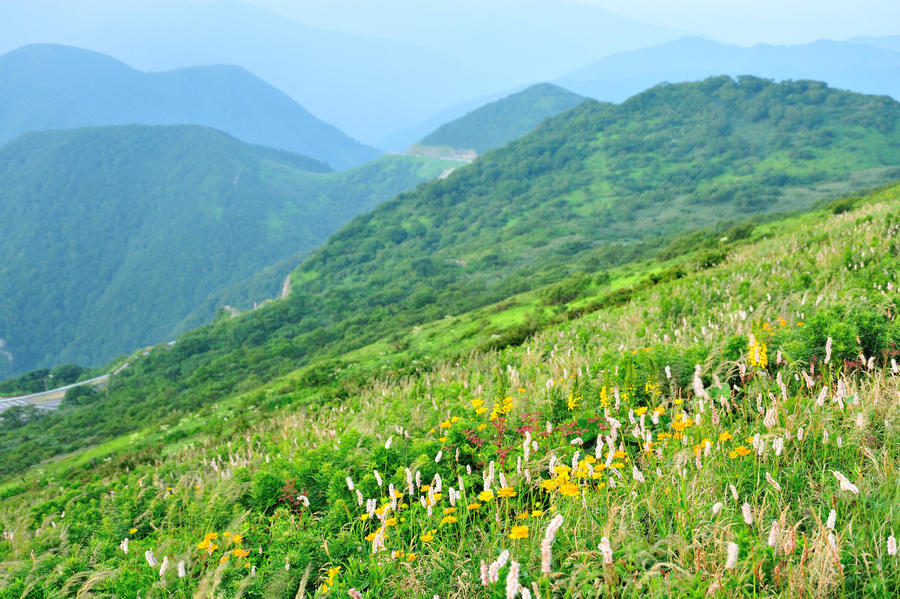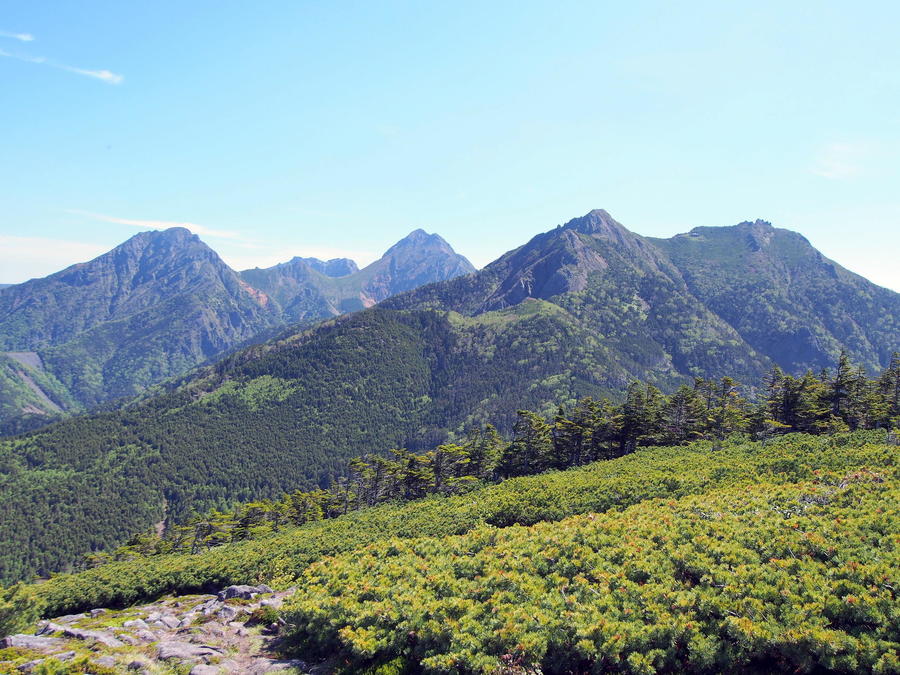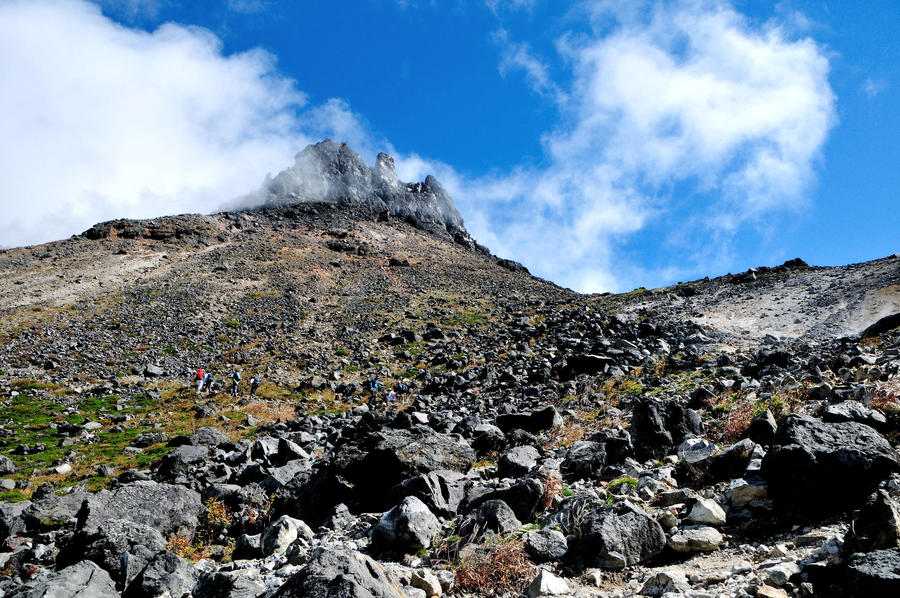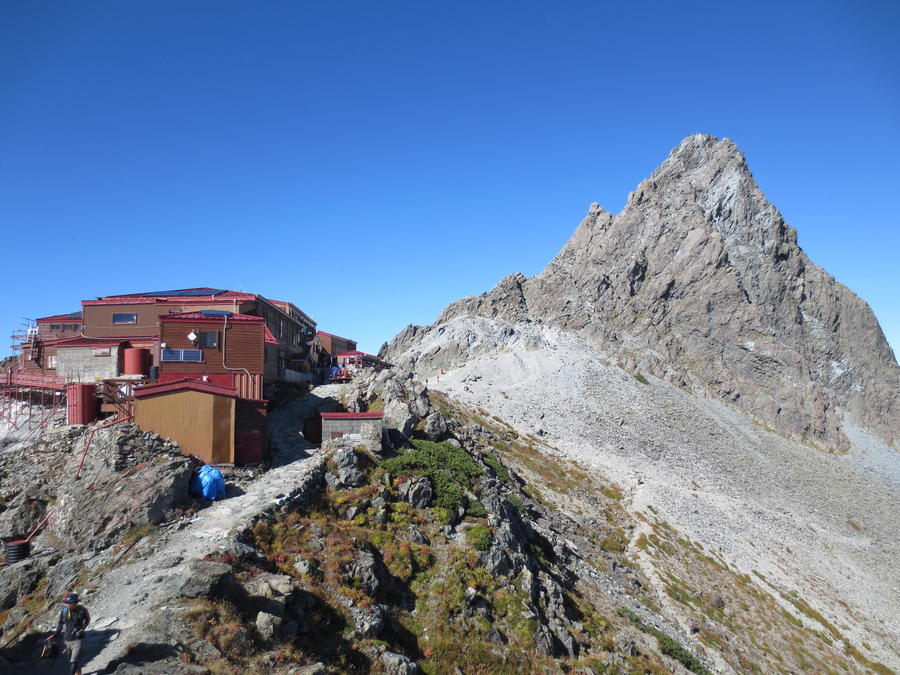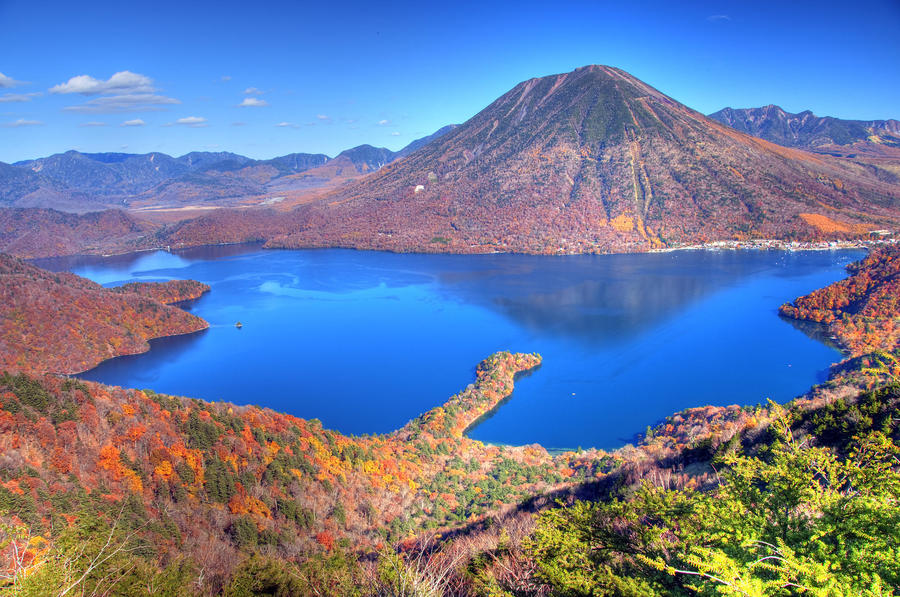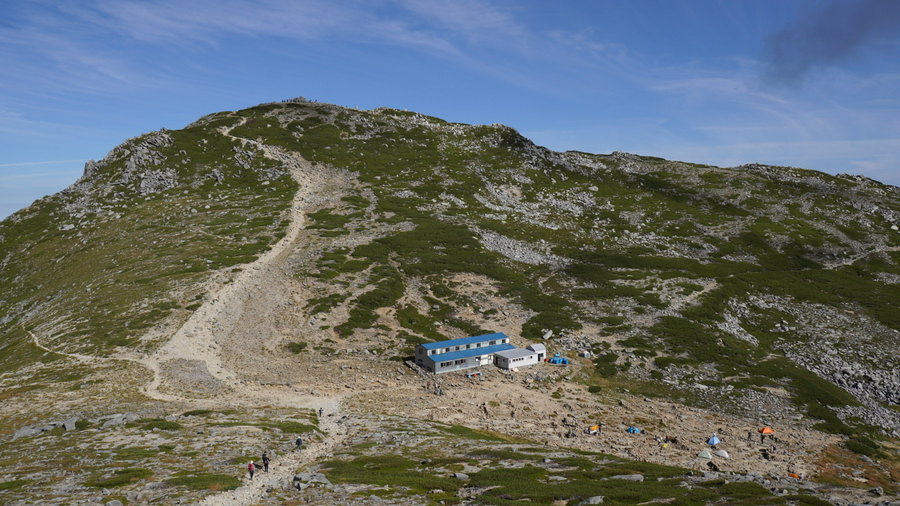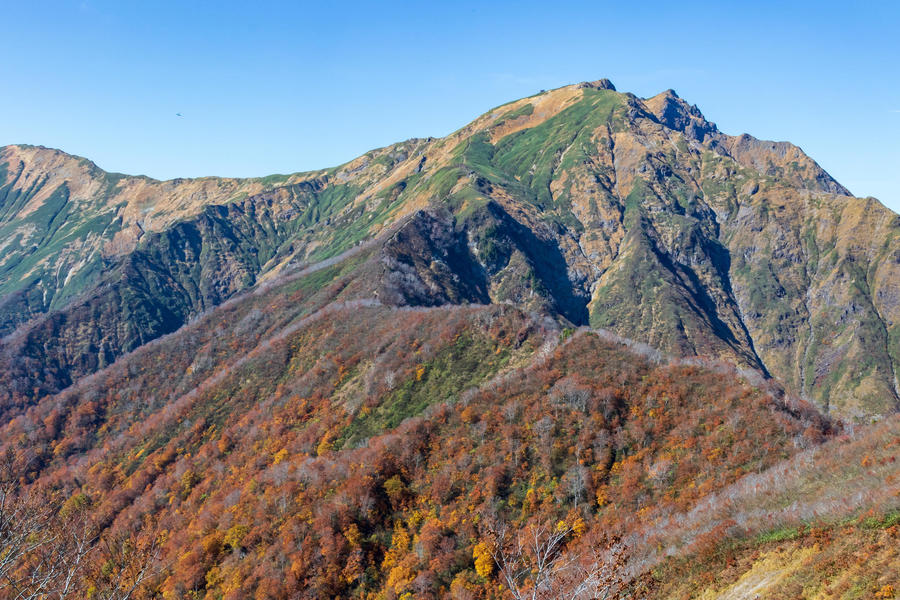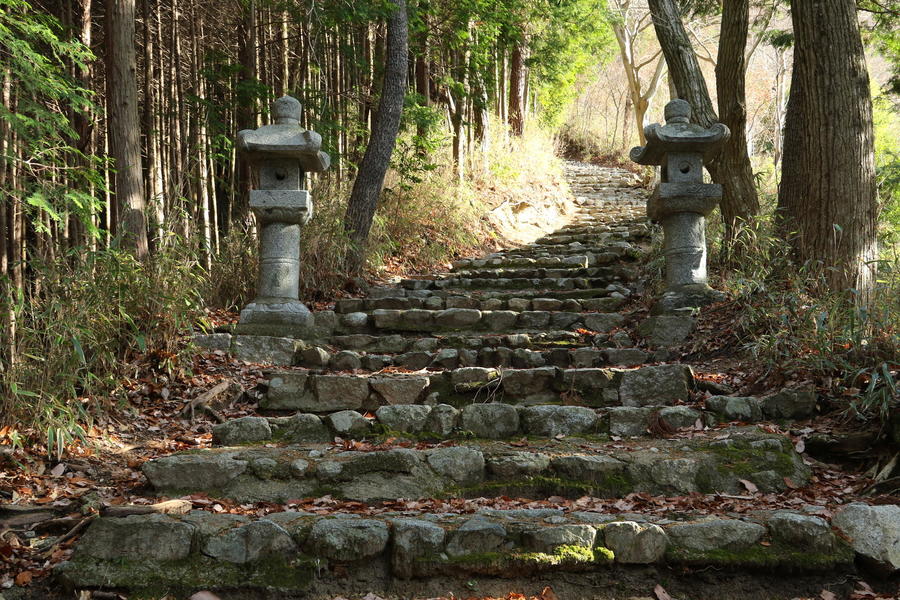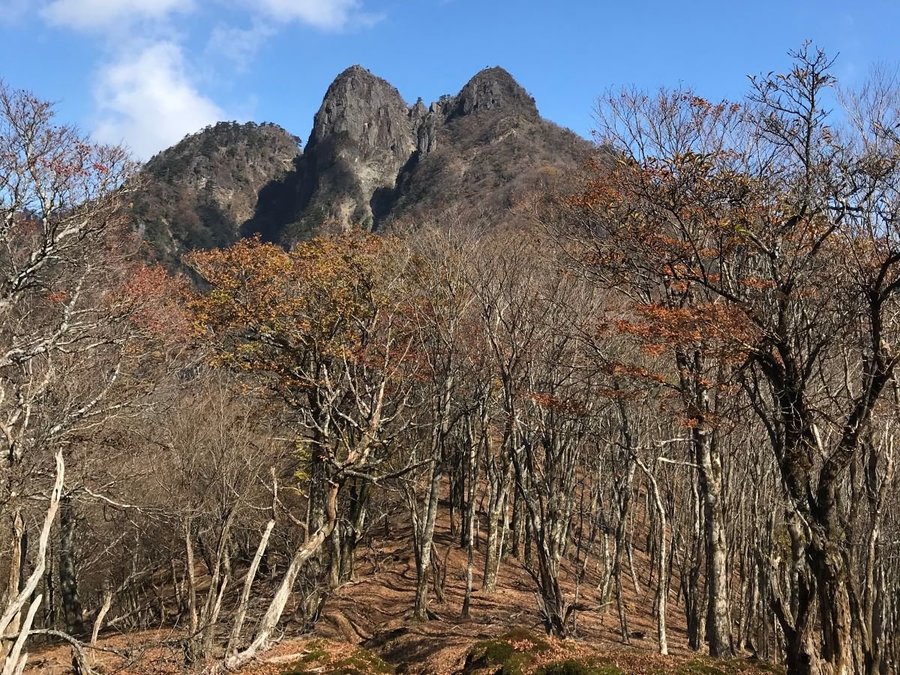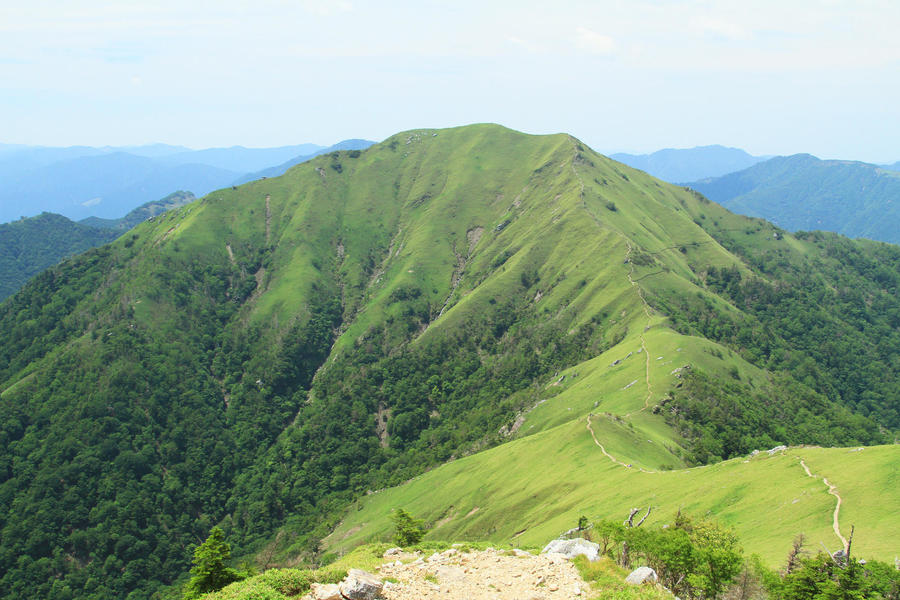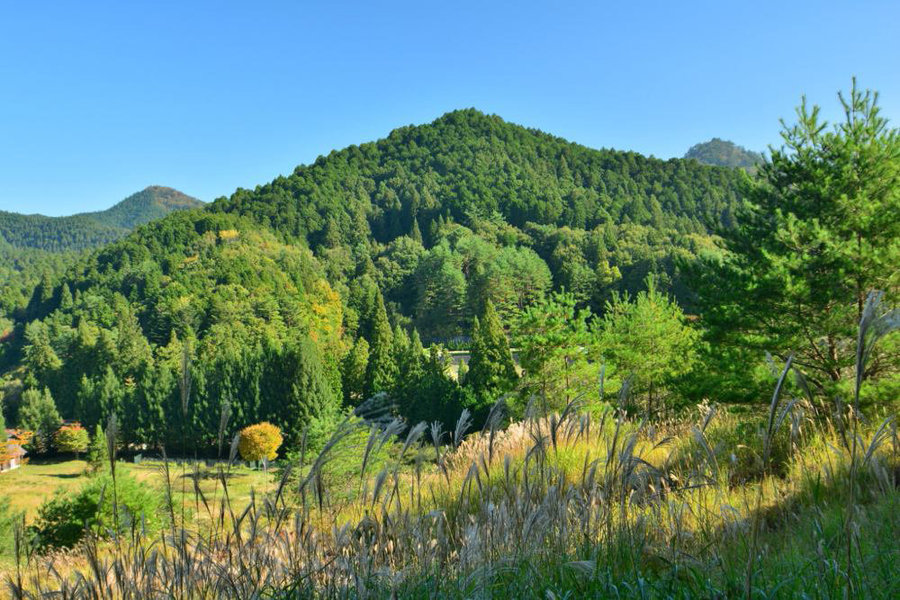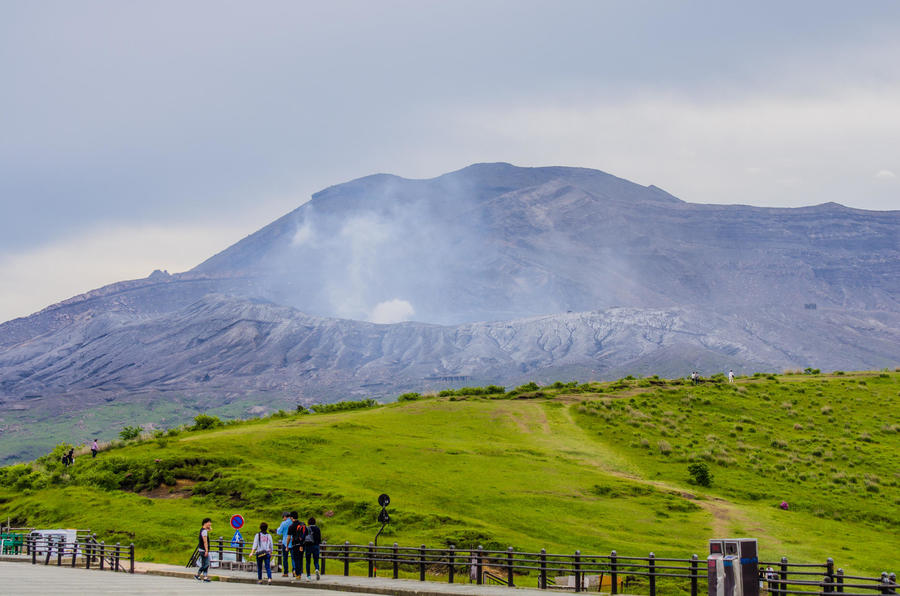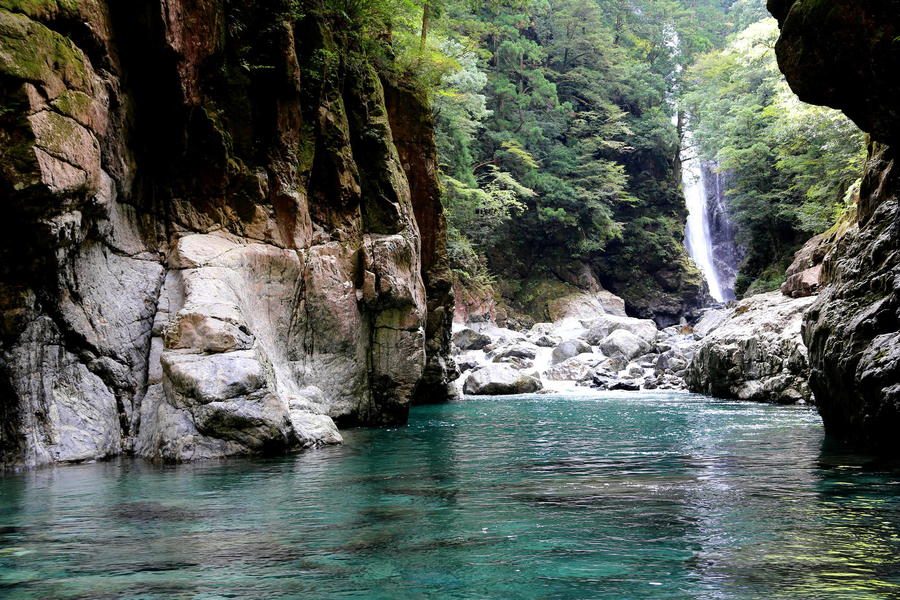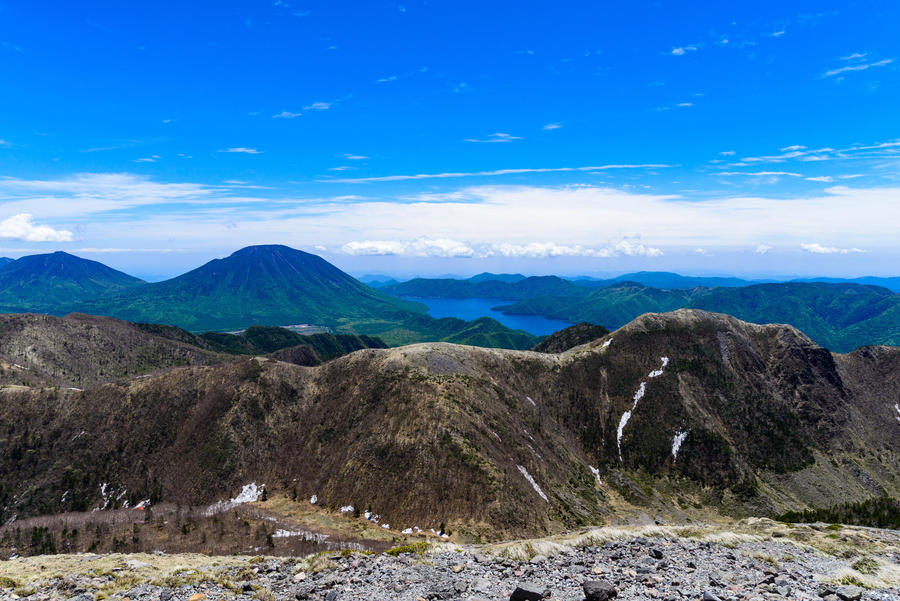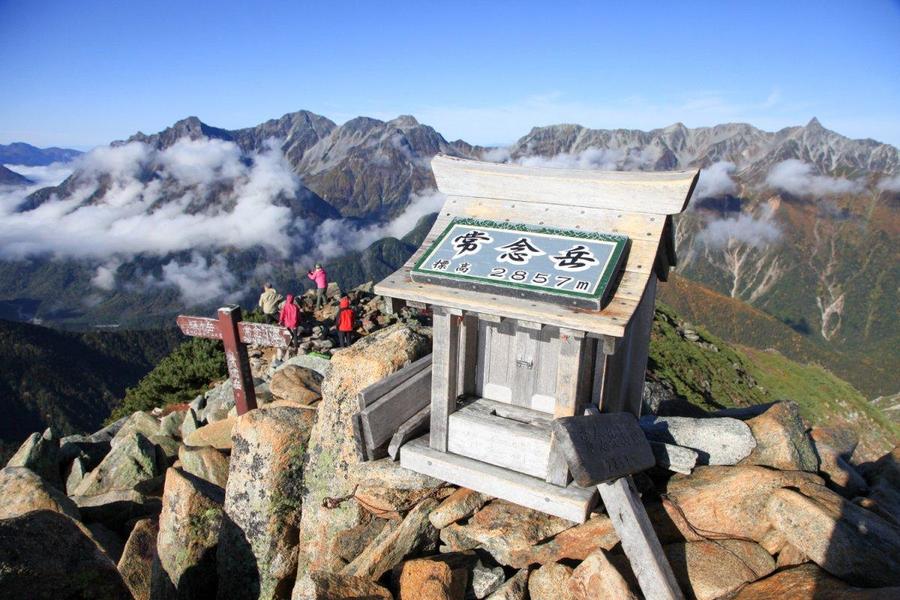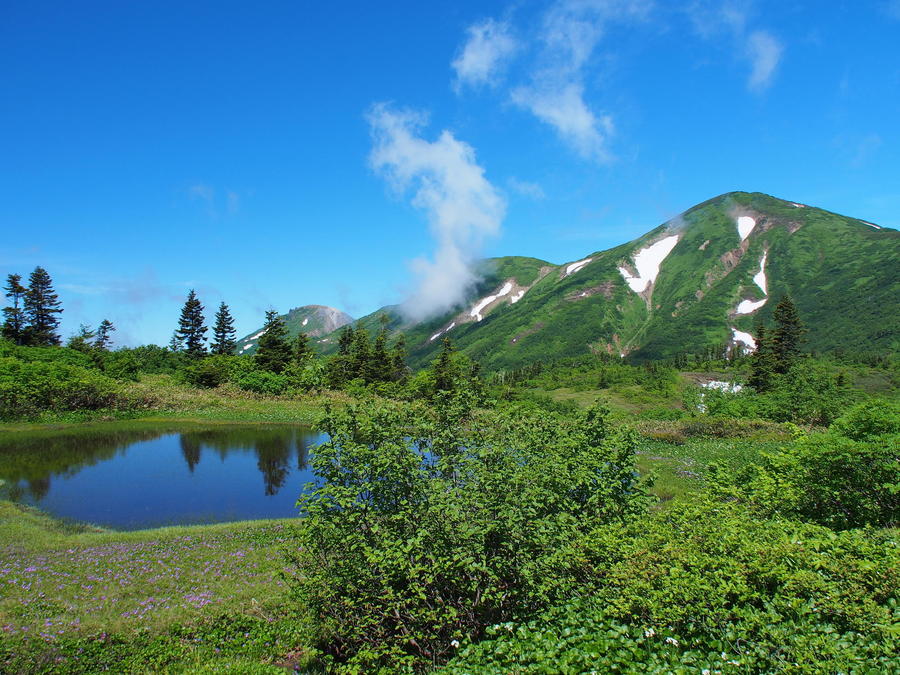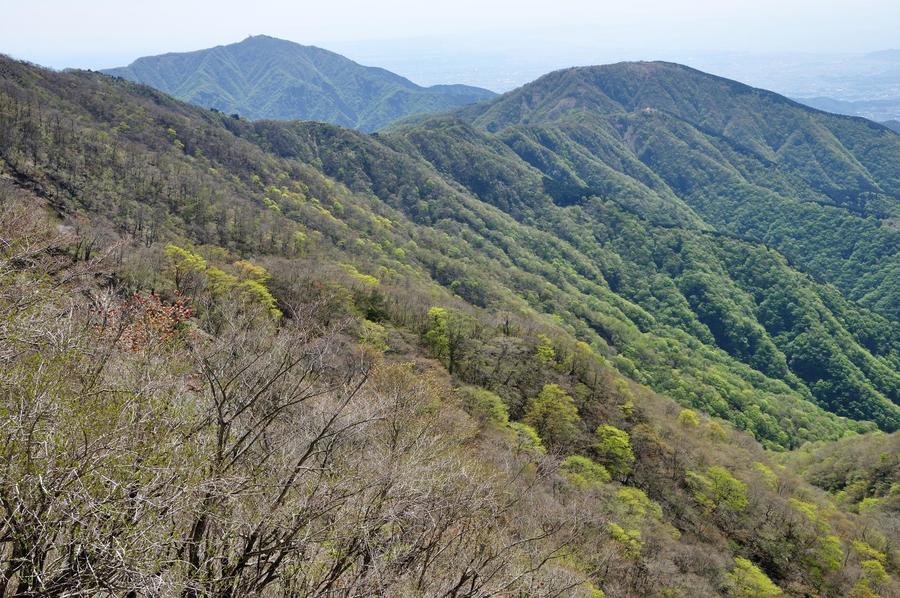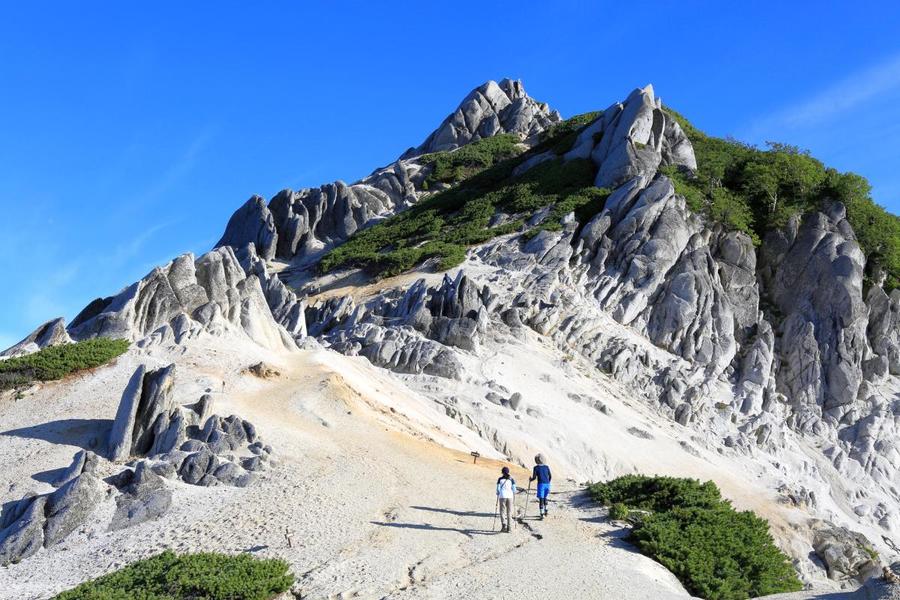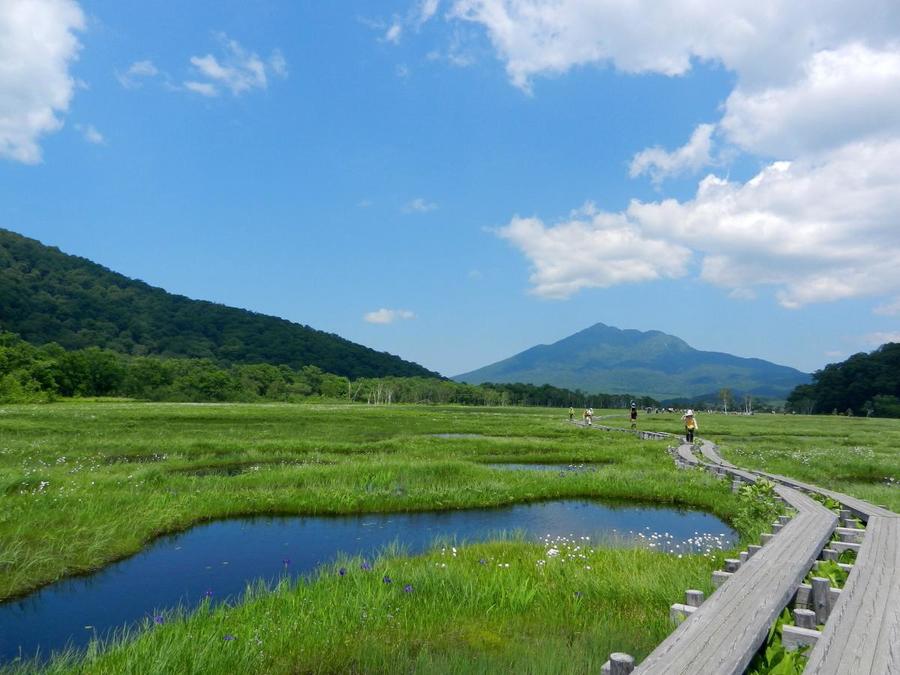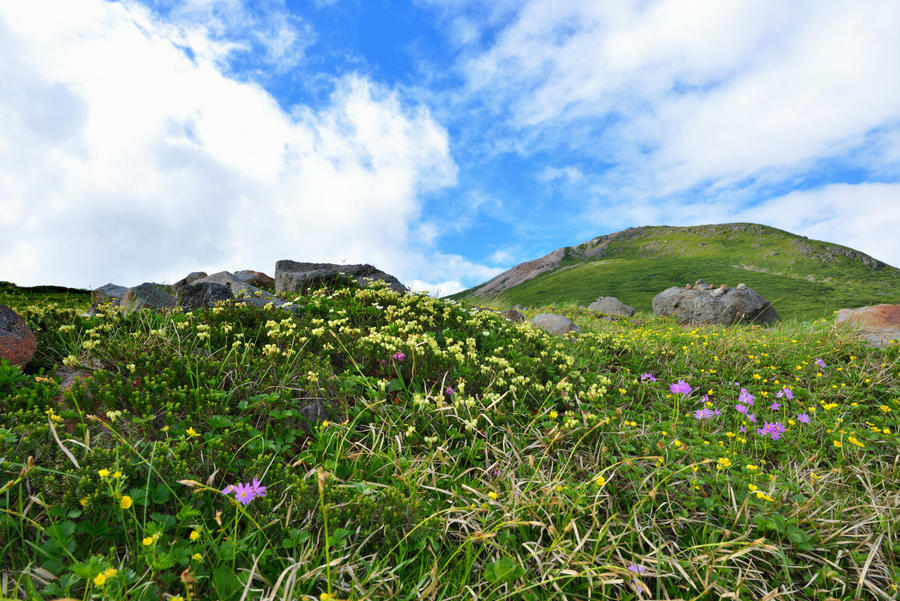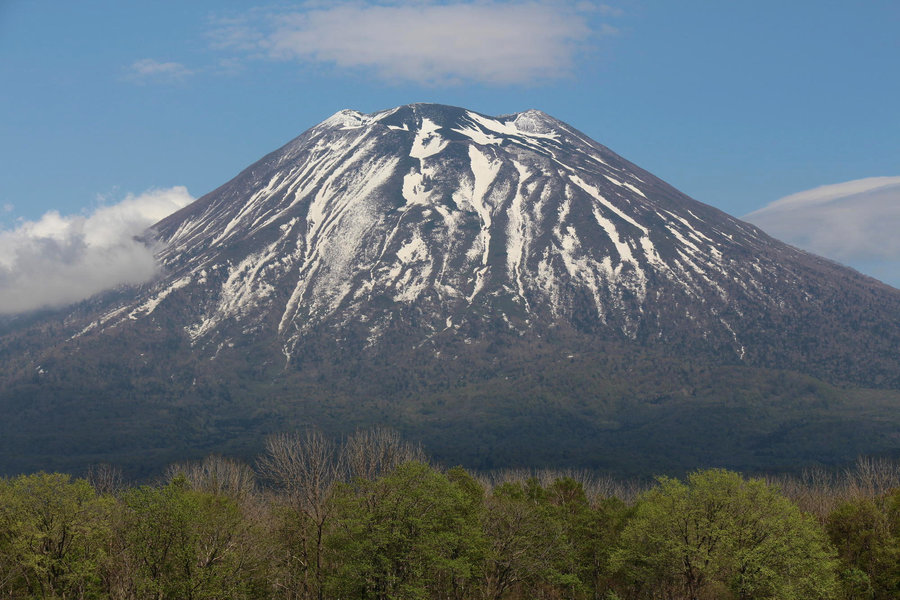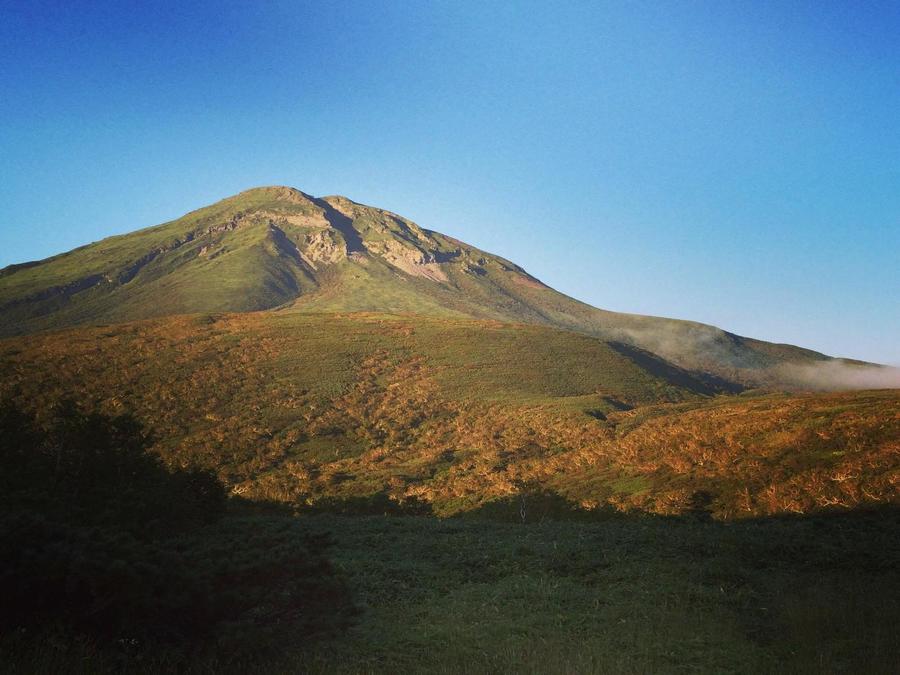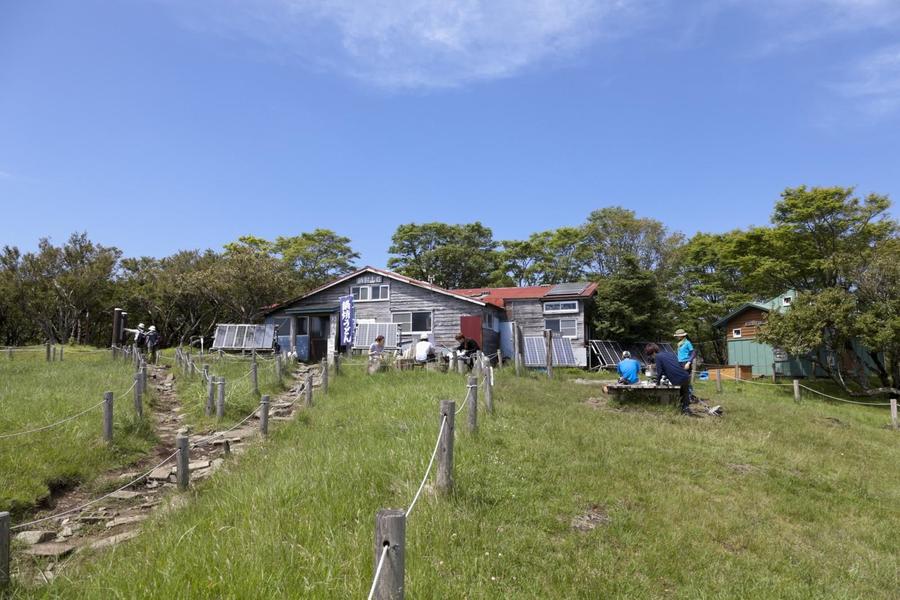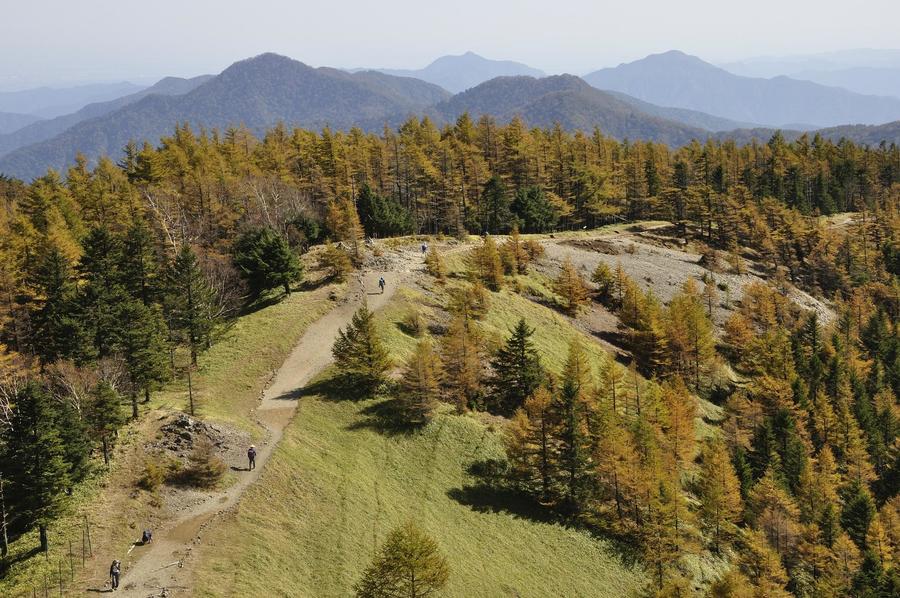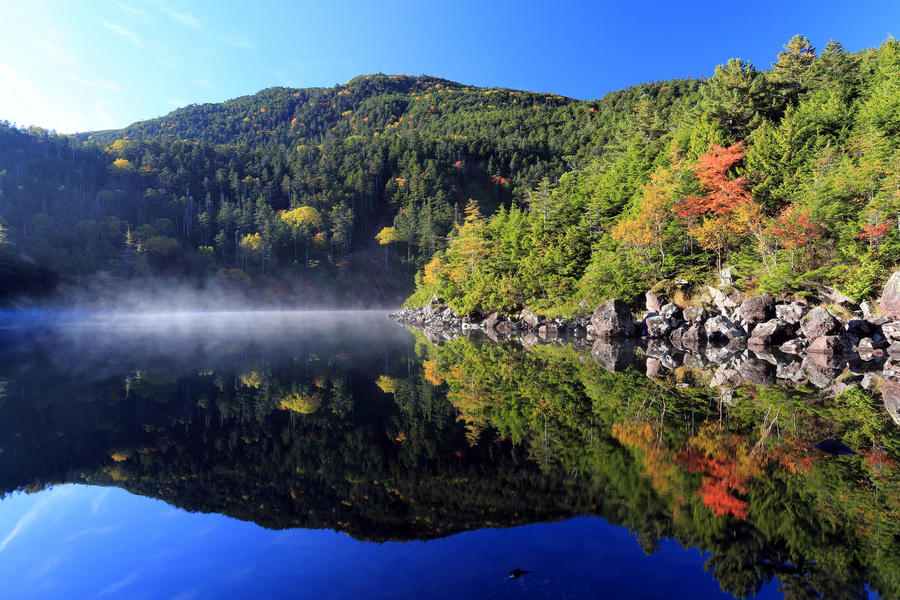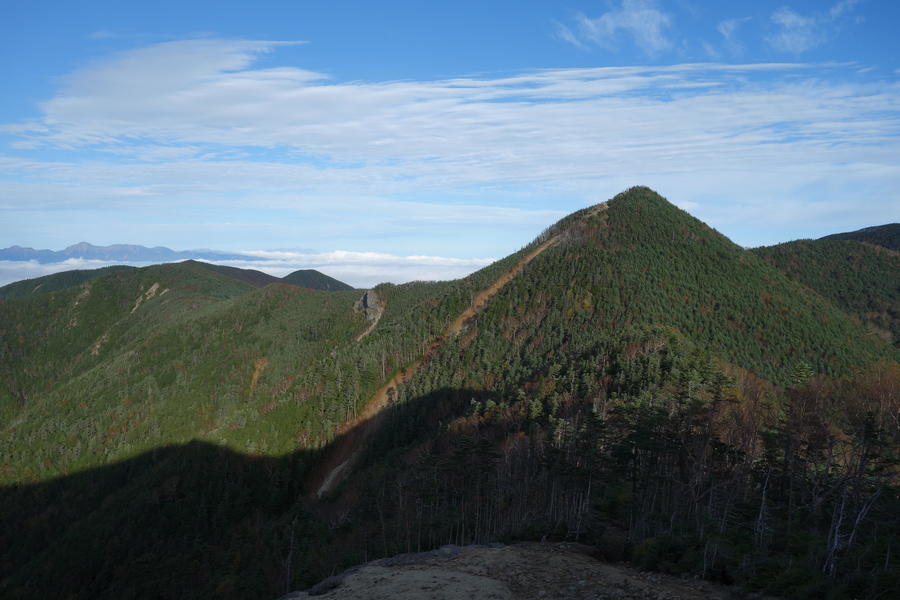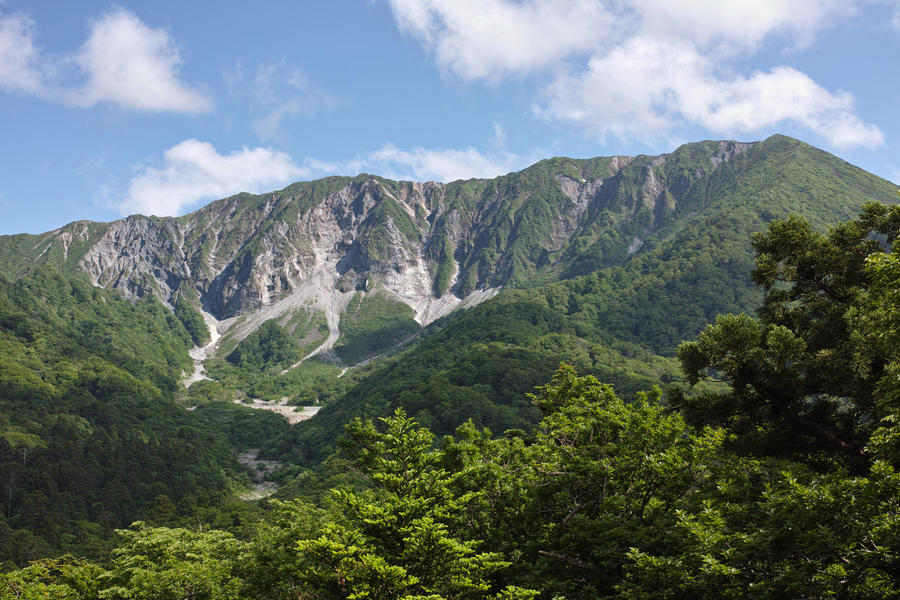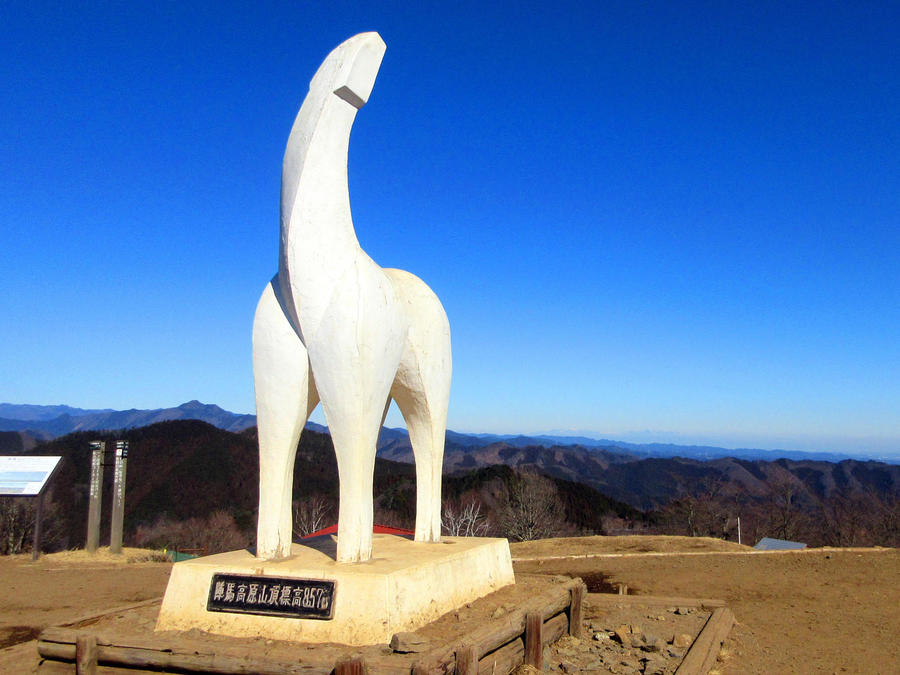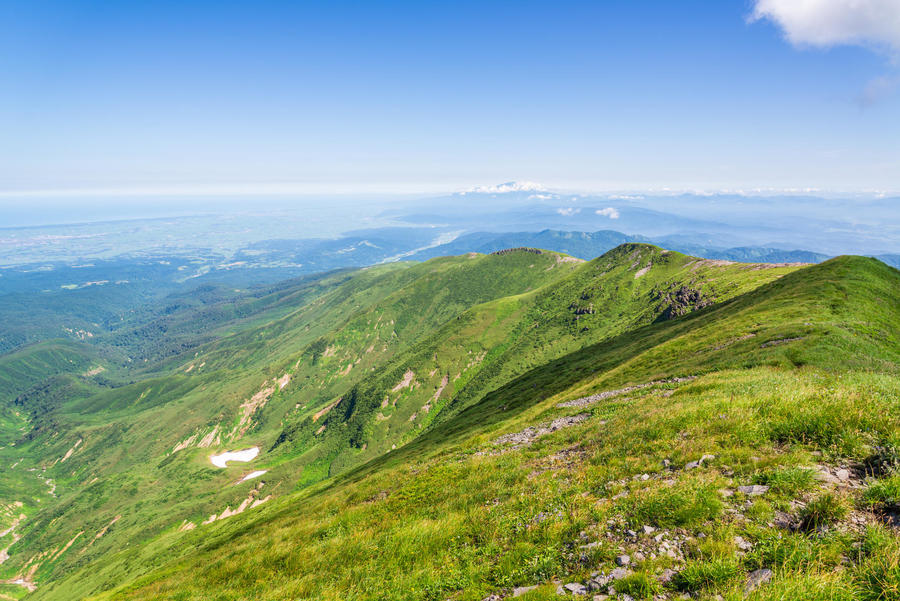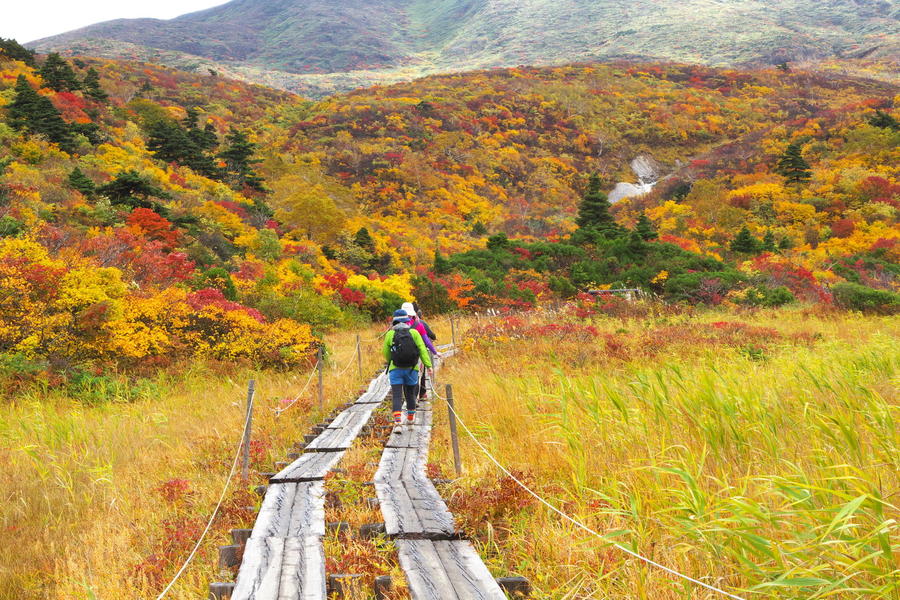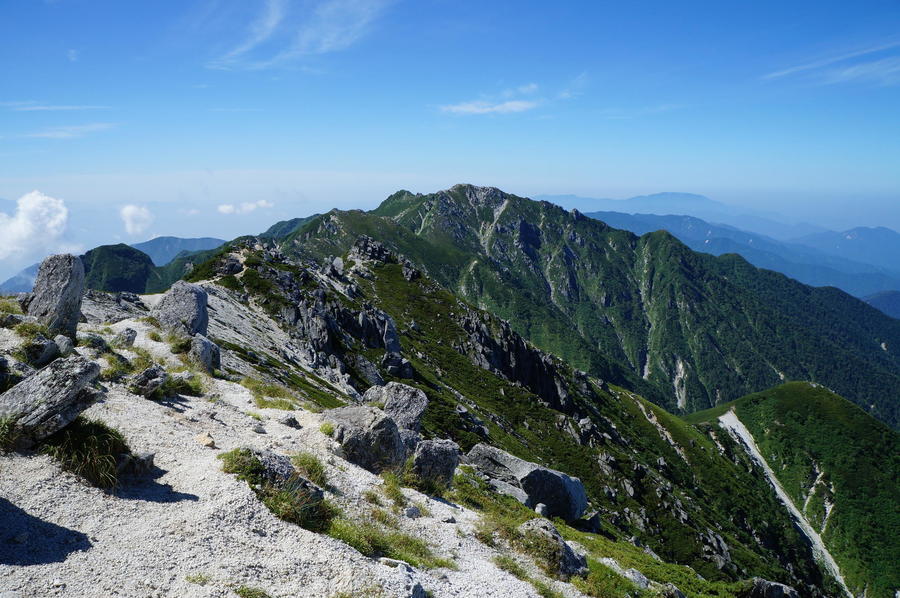Japan's Nature, Climate, and Seasons
Spring (March to May)
While the Sea of Japan side of the country with its heavy snowfall and other high-mountain areas still have snow, spring gradually comes to the villages in the relatively low-lying areas near urban centers. Small flowers known as spring ephemerals begin to color the forest floor from March to April. These include varieties like eranthis, pheasant's eye, dogtooth violet, and other violets. Oriental paper bush, the raw material for Japan's washi paper, blooms in yellow colonies across northern Kanto and the Tanzawa mountain range (Tanzawa Sankai).
After mid-April the cherry trees in the foothills lose their blossoms. At this time a beautiful tapestry called yamawarau, or "smiling mountain" forms with a mix of mountain cherry blossoms and red, yellow, and green tree buds opening across the slopes.
In the mountains around 1,000 meters above sea level, an array of rhododendron species come into bloom from late April to May. These include pink Albrechts azalea, white quinquefolium azalea, crimson torch azalea, and mitsuba azalea. Mountains with these flowers include the peaks of Nikko, the Tanzawa mountain range, and the Suzuka Mountains (Suzuka Sanmyaku).
From mid to late May, spring flowers bloom in the mountains of western Japan that rise to 2,000 meter above sea level. Species include Yakushima's own rhododendron variety, Kyushu's miyama kirishima, and the akebono rhododendron variety commonly found on Shikoku and in the Kii Mountains (Kii Sanchi).
Summer (June to August)
June ushers in Japan's rainy season known as "tsuyu" when a seasonal rain front stalls over the archipelago. You'll need your rain gear, but you can still hike at this time while taking in the flowers that bloom during the period. These include Asian skunk cabbage in Oze wetlands, irises in its meadows, and renge azaleas.
From mid to late June, rhododendrons bloom in the 2,500-meter peaks that include the Okuchichibu and Yatsugatake Mountains. From late June to early July, a profusion of alpine plants such as Aleutian avens bloom in Tohoku, Hokkaido, and other parts of northern Japan.
The peak of Japan's summer hiking season is between the end of the rainy season in mid-July and the middle of August. During that time hikers head to the mountains in droves, including the 3,000-plus meter peaks of the Japanese Alps and Mt. Haku (Haku-san). Although snow may remain in upland valleys until the beginning of August, you can enjoy walking along ridgelines while taking in alpine plants like dicentra.
Keep in mind that conditions in the high-mountains can often lead to afternoon thunderstorms. It's a good idea to plan on reaching your destination early.
Japan's highest peak is Mt. Fuji. Many of its mountain huts are only open in July and August.
Cool winds begin to blow as early as late August when autumn's first blossoms like pincushion flower and gentian start blooming across the highlands.
Autumn (September to November)
At the beginning of September, the foliage on the summit of the Daisetsuzan range in Hokkaido begins to turn colors that gradually move down the mountainside to the foothills as the season proceeds. From late September to early October the foliage turns among the 2,000-plus meter peaks of northern regions like Tohoku and the Japanese Alps. From late September to early October, swaths of western Japan reach their foliage peak, including Mt. Odaigahara (Ohdaigahara -san), Mt. Daisen, Mt. Ishizuchi (Ishizuchi-san), and the Kuju Mountain Range (Kuju -renzan). It's prime foliage season for areas like Oze's wetlands (Ozegahara) and the beech forests of the Shirakami Mountains (Shirakami Sanchi) too.
Japan's colorful foliage in the high-mountains is a real highlight. The changing multi-colored foliage like the reds of Japanese rowan, the yellows and oranges of Erman's birch, and the constant green of creeping pines and conifers contrasts with stone ridges and mountain ponds to create some of the world's premier autumn scenery. The first snow tends to fall during the foliage season. While keeping an eye on the weather forecast for warmer periods to hike, you'll always want to make sure you're prepared for the cold of the mountains.
By early November, the foliage in the mountains at 1,000 meters above sea level reaches its peak and the leaves soon fall from the trees.
Since the sun starts setting fairly early during this period, you should plan to finish your day from 15:00 to 16:00 at the latest.
Winter (December to February)
During winter the Japanese Alps and other high mountains enter their coldest season and are covered in snow. Many mountain huts are closed except for periods like the New Year holidays, so the peaks are only accessible to experienced hikers. Proper protection against the cold is a must, but winter in the mountains offers superb views unique to the season. These include the snow encrusted branches of trees that have lost their leaves and the unusual phenomena of "Snow Monsters." These are uniquely shaped snow bound trees on mountains with heavy snow on the Japan Sea side of the country including Mt. Zao (Zao-san), Mt. Moriyoshi (Moriyoshi-zan), and Mt. Hakkoda (Hakkoda-san). There are also mountains where you can take in the scenery with relative ease using the gondolas and ropeways of local ski resorts.
The Pacific side of Japan sees comparatively clear weather with less precipitation. Lots of hikers head its relatively low mountains at less than 1,000-meters above sea level. As the branches are bare, the mountain sides get lots of sun and with the clear air there are great views. These hikes are even accessible to beginners.
In the Kanto area, mountains with views of snow-capped Mt. Fuji are also quite popular.
On the relatively warm Boso Peninsula and in the rural foothill villages of the Izu Peninsula, flowers like daffodils and camellia bloom from January to February, as do plum trees.
The Pacific side gets snow too when southern low-pressure systems pass through. Hiking after snowfall should only be done once you've carefully checked mountain conditions, particularly on northern slopes and in shady areas.






